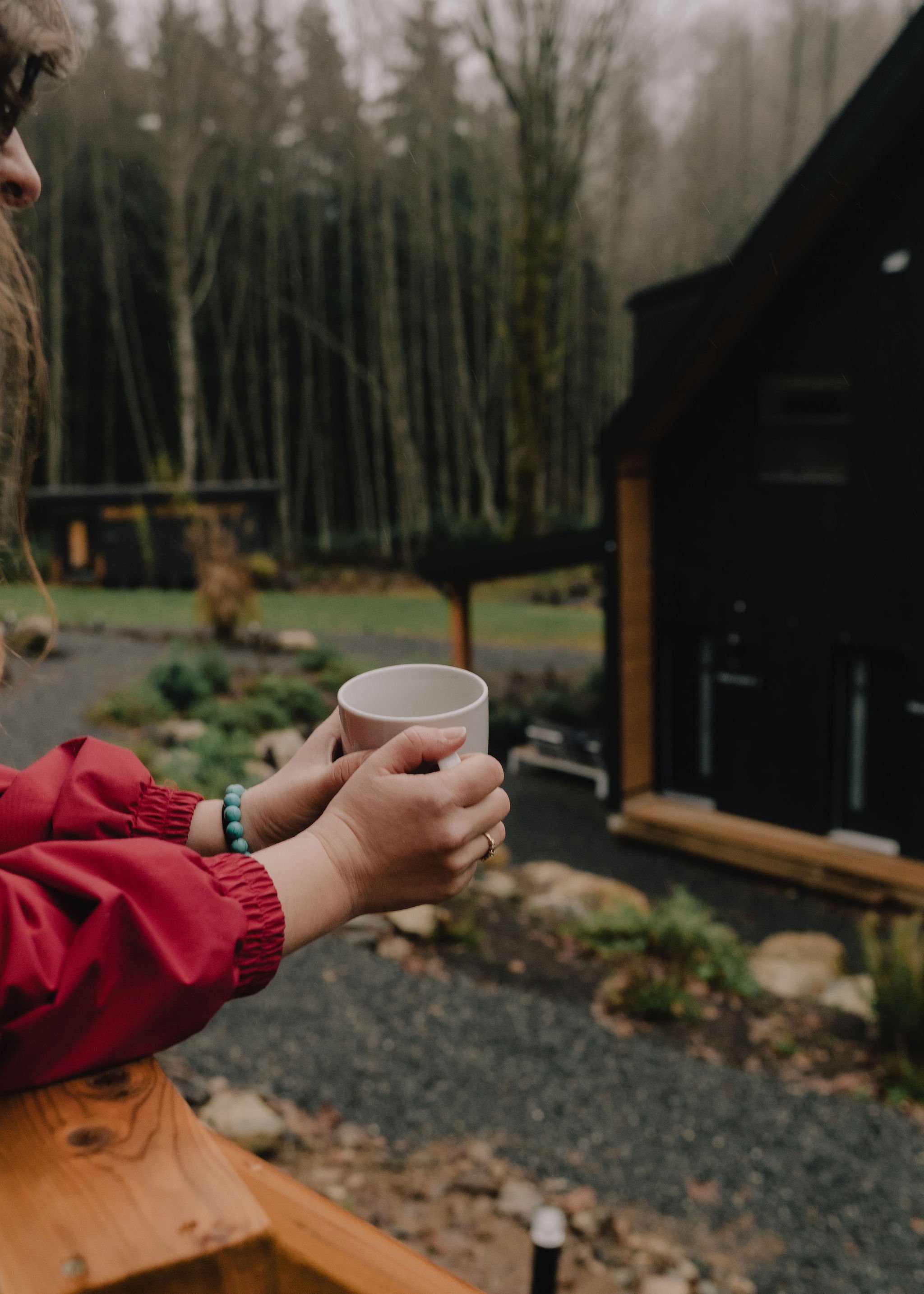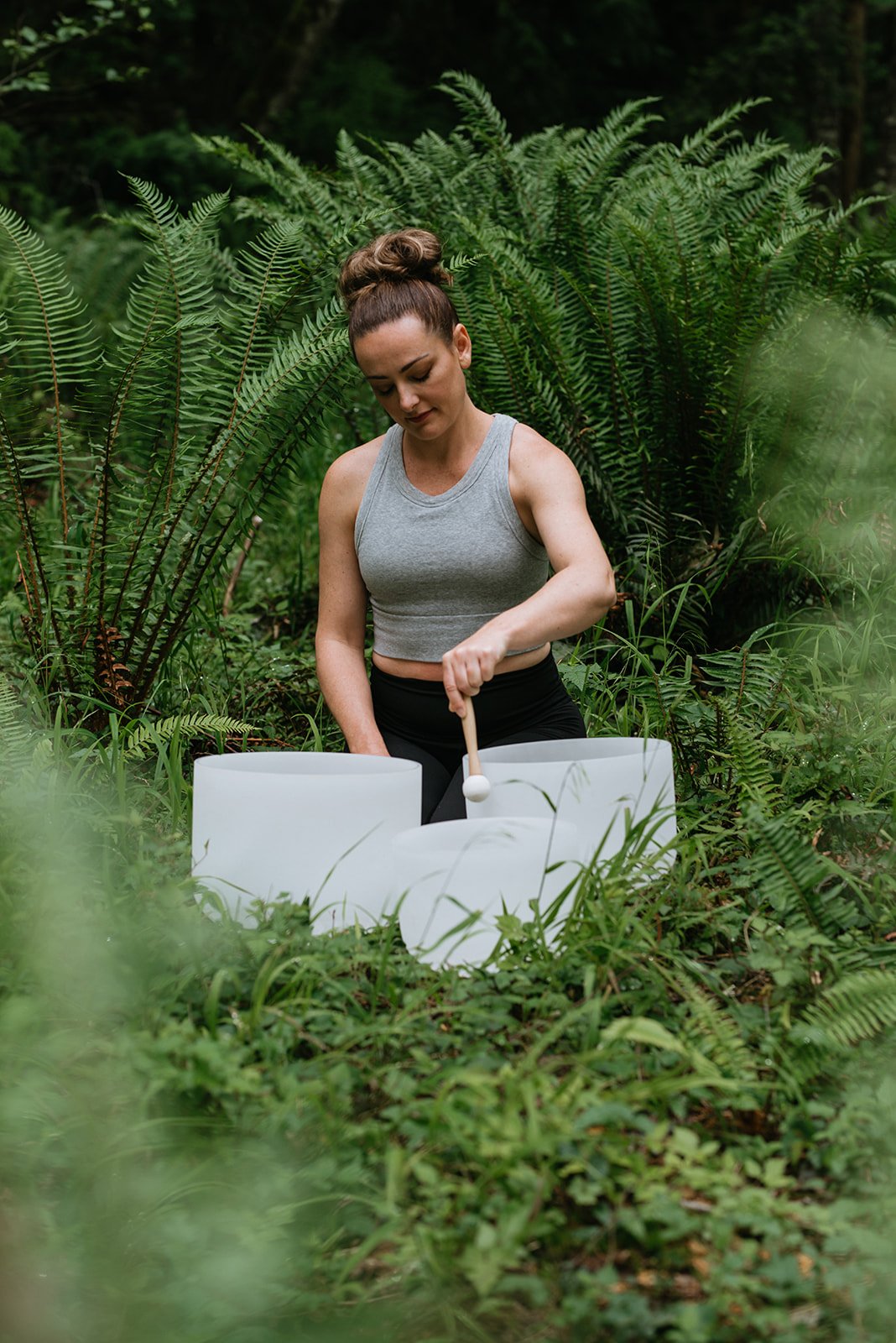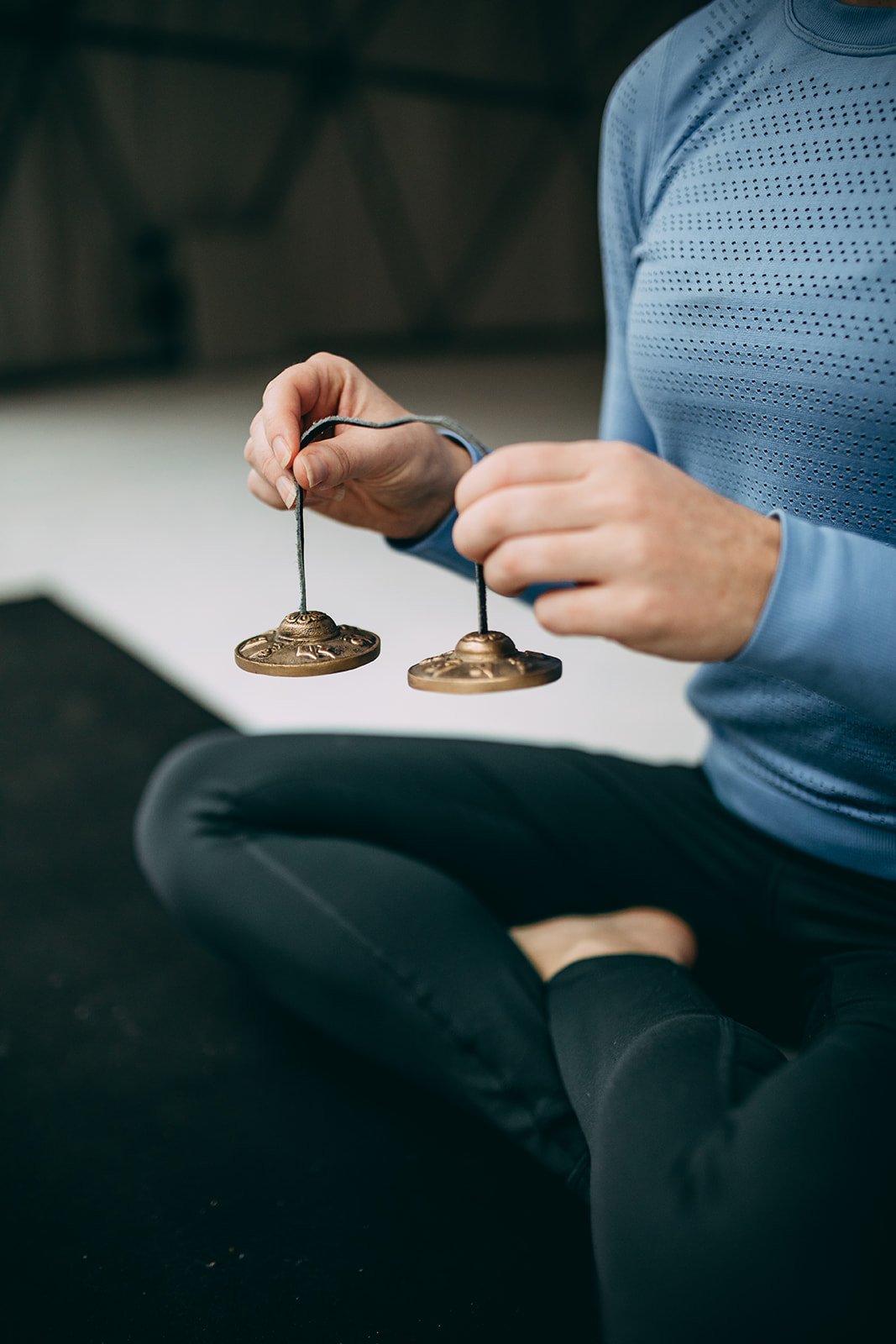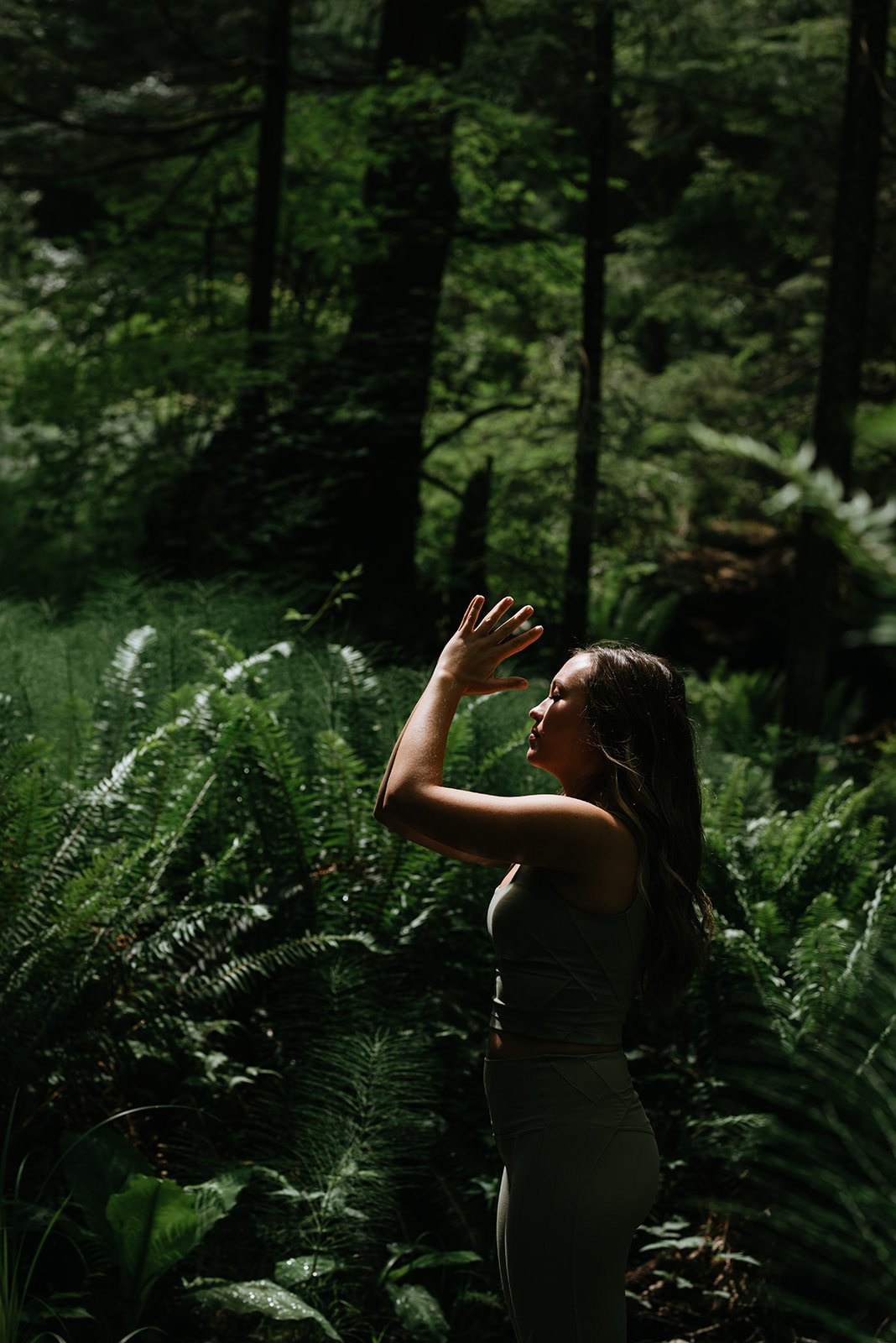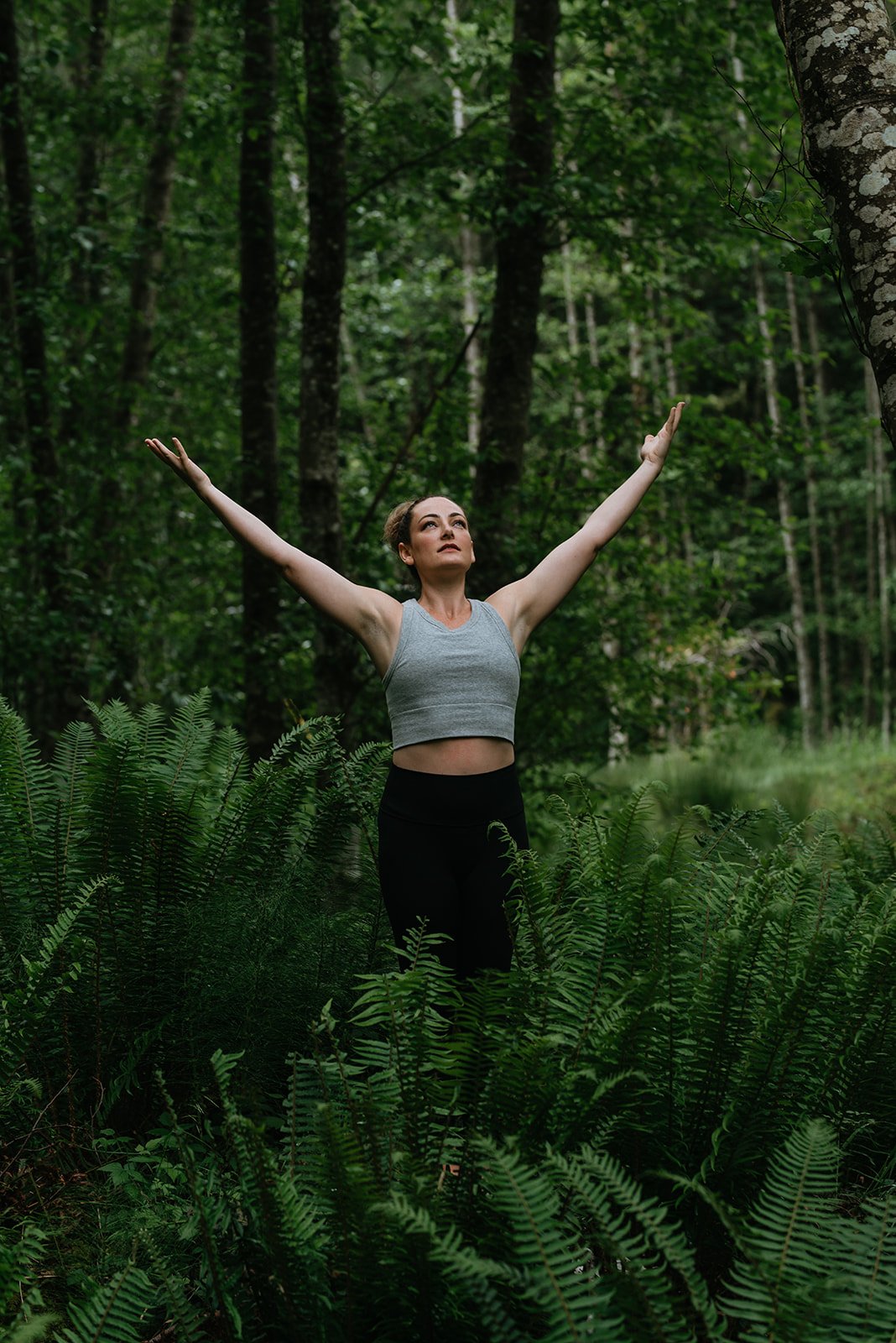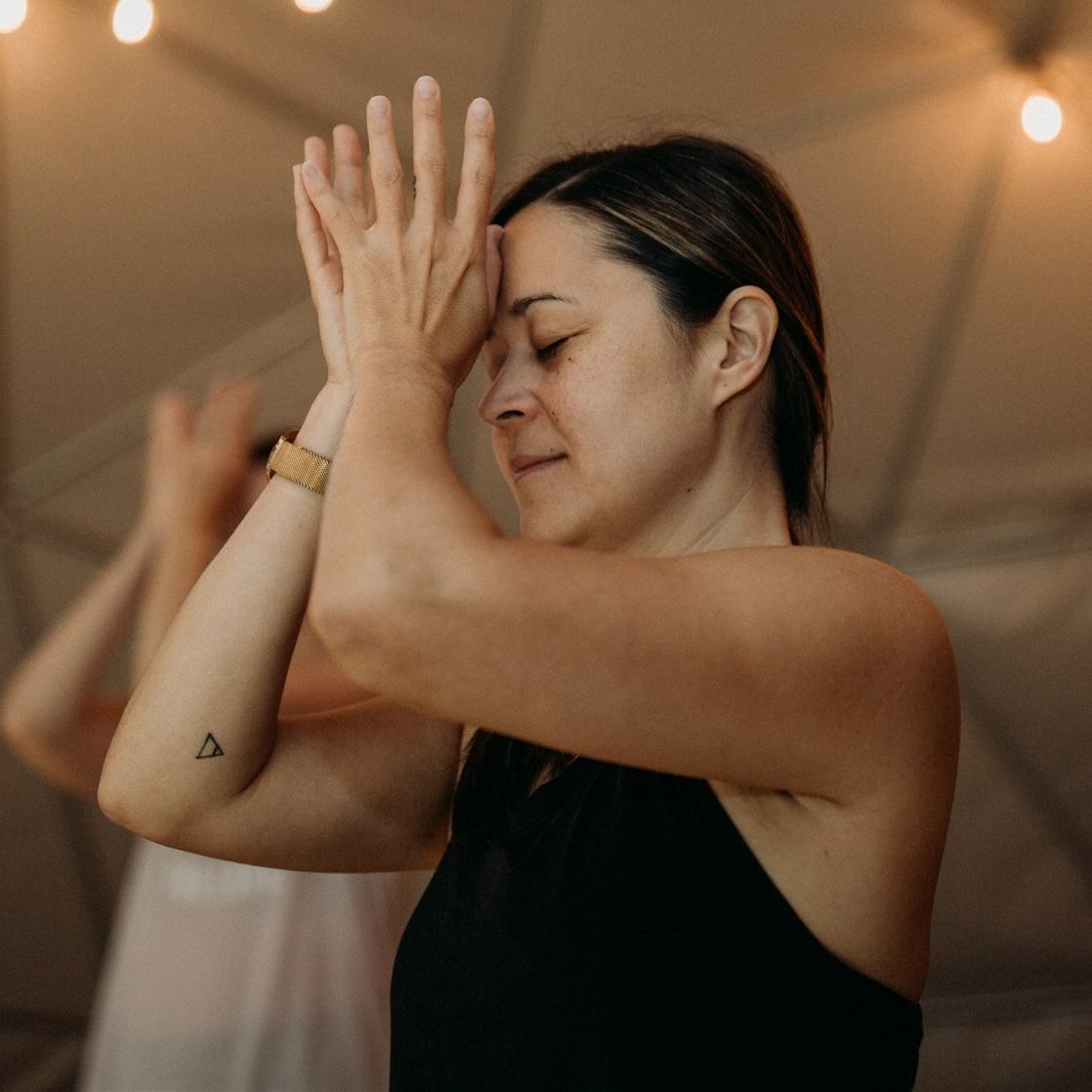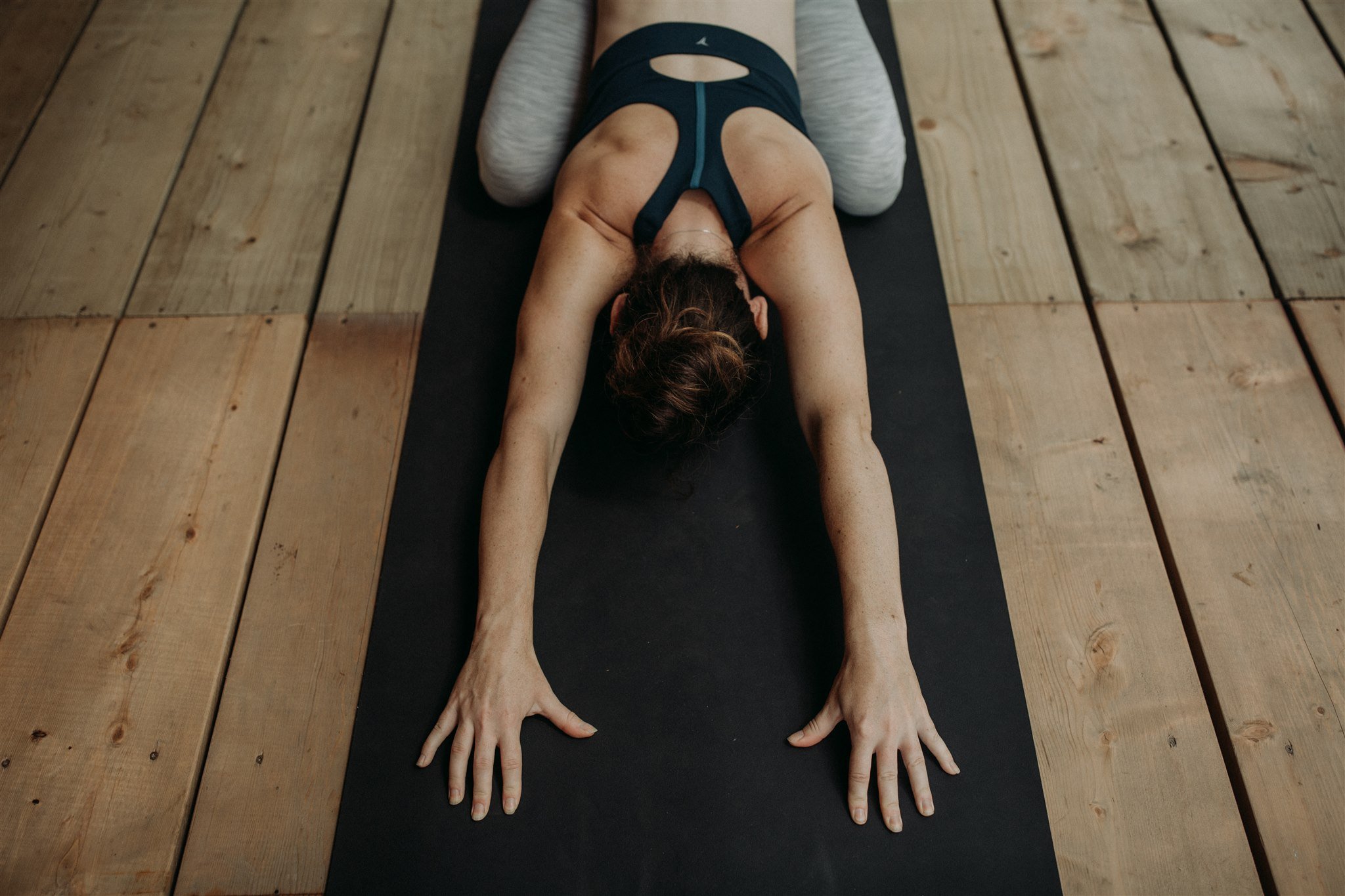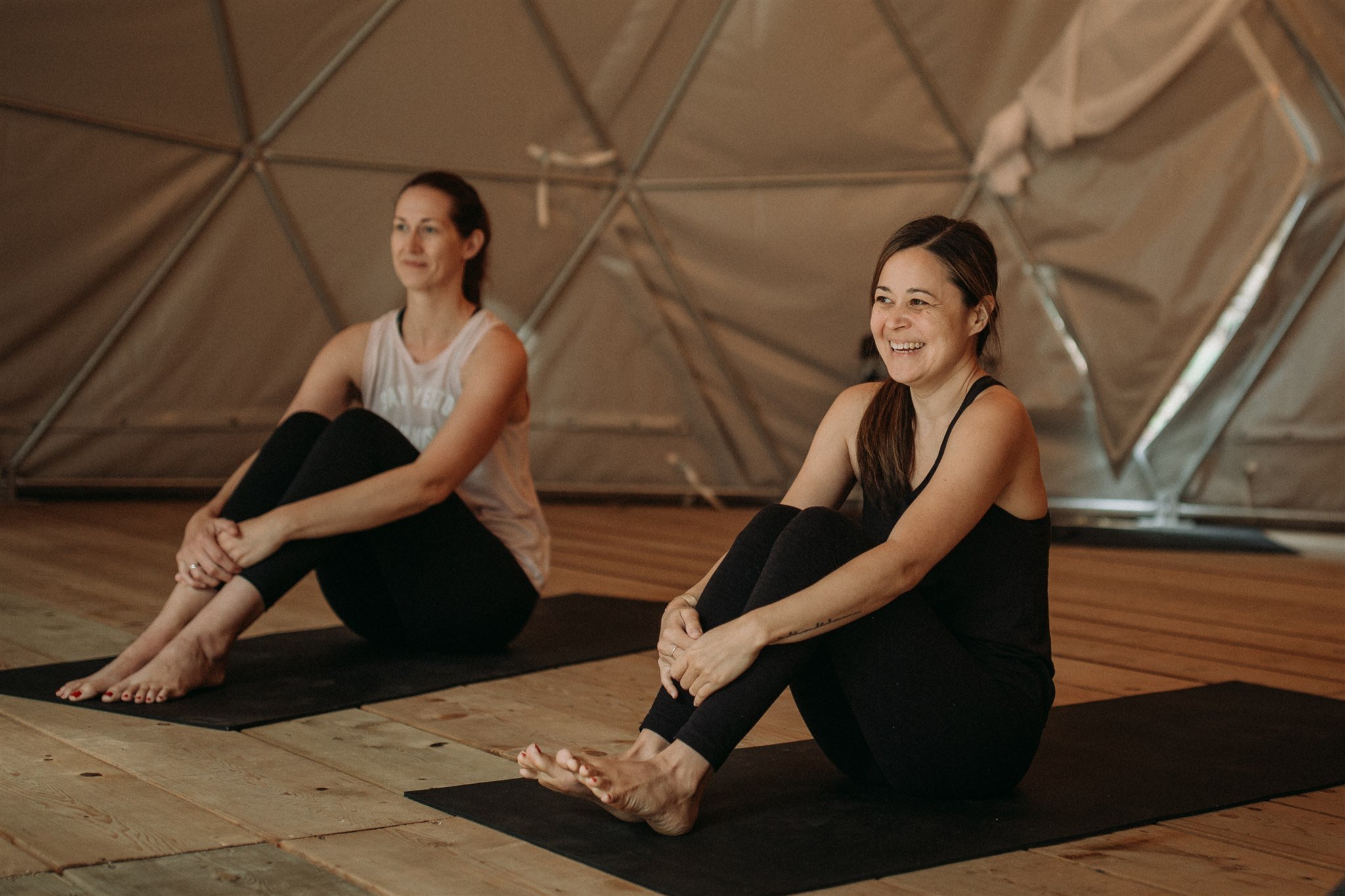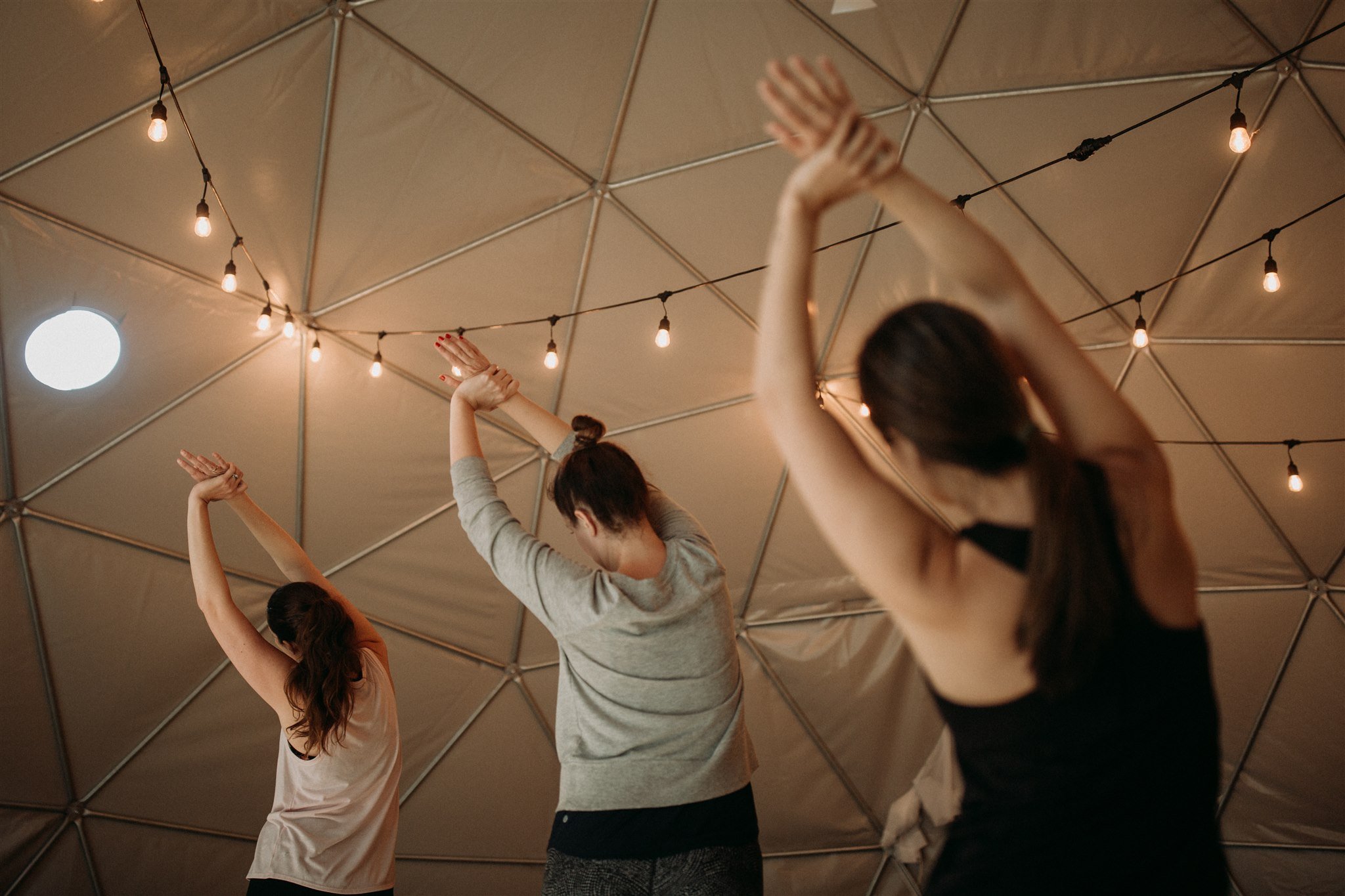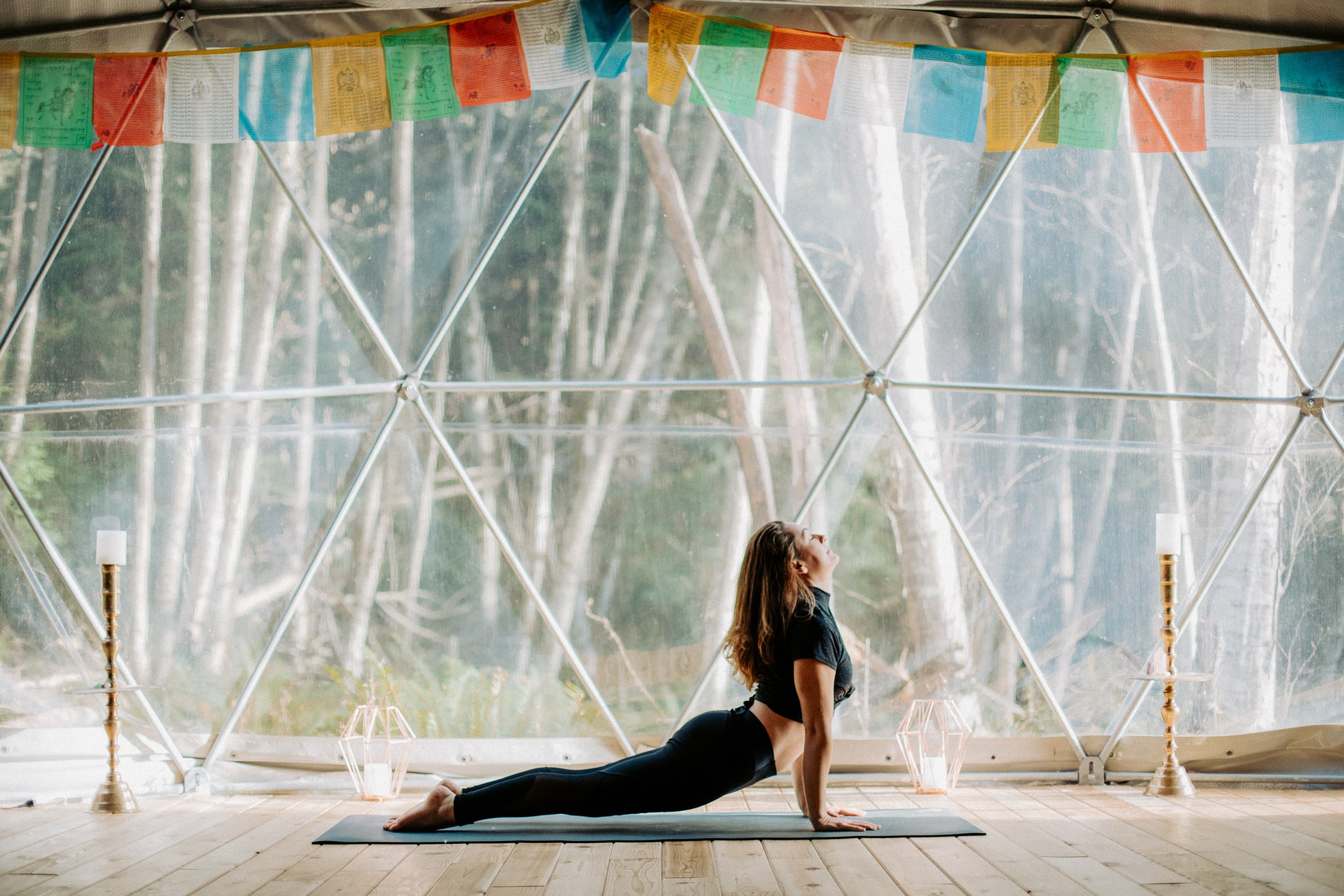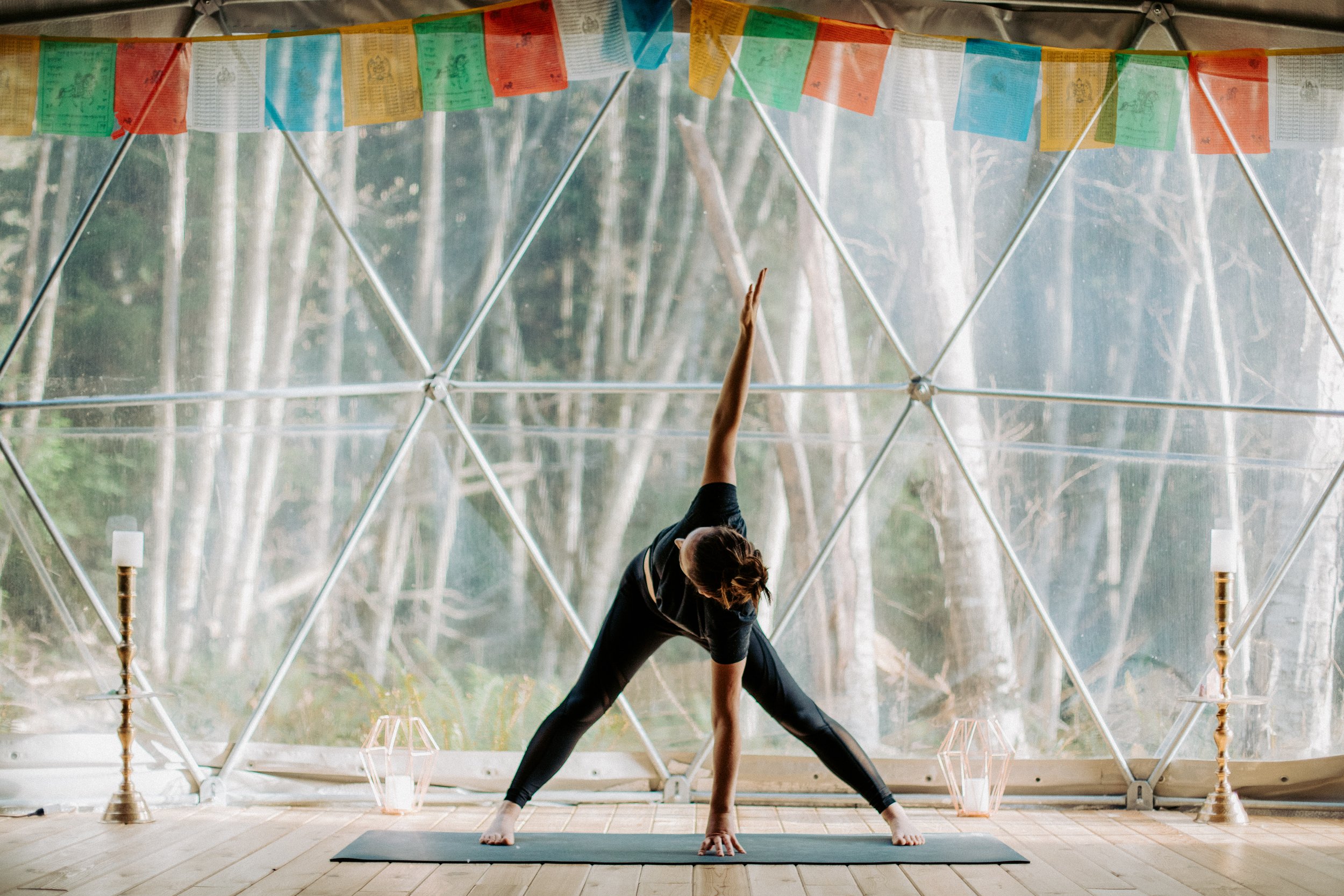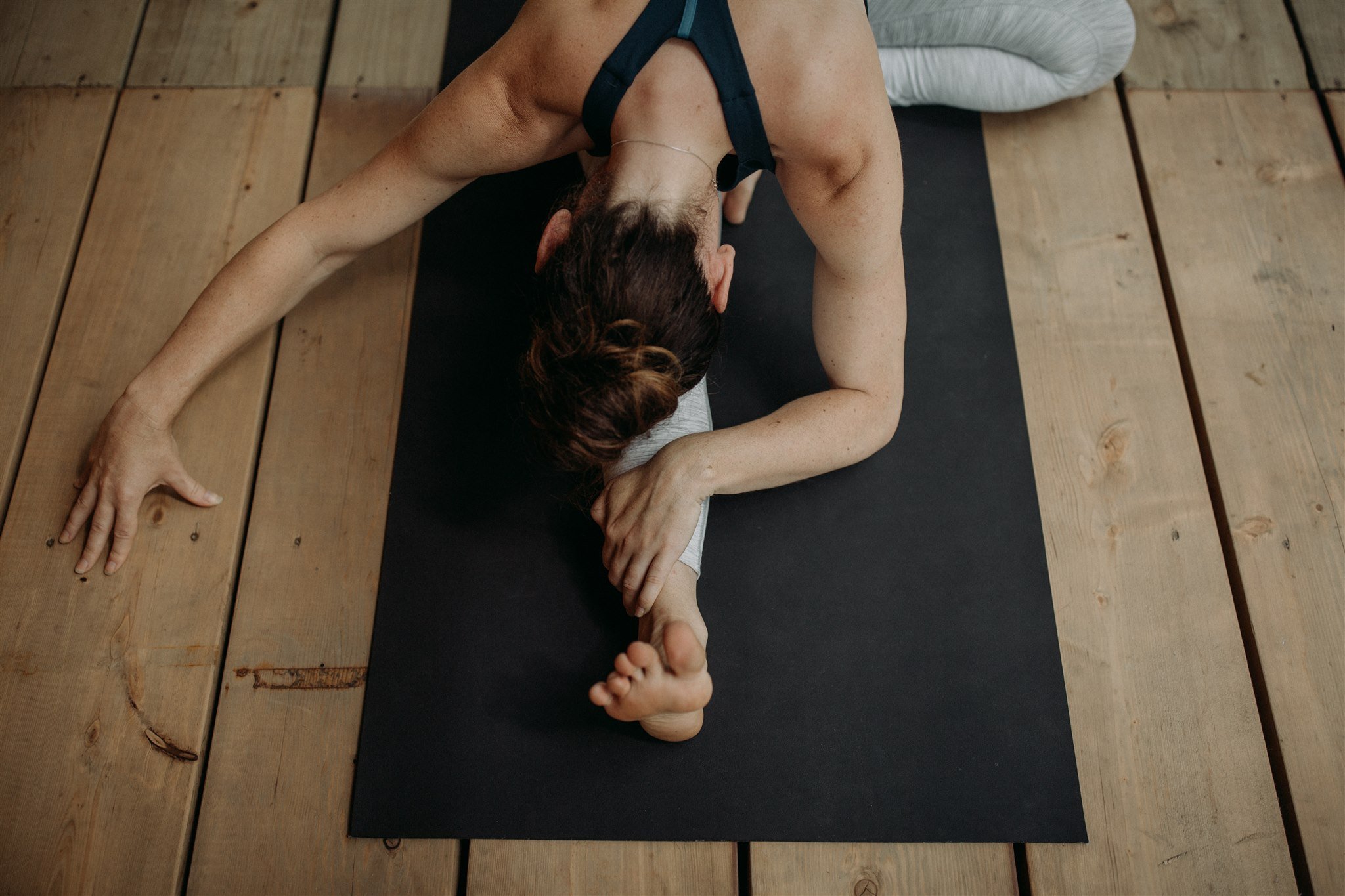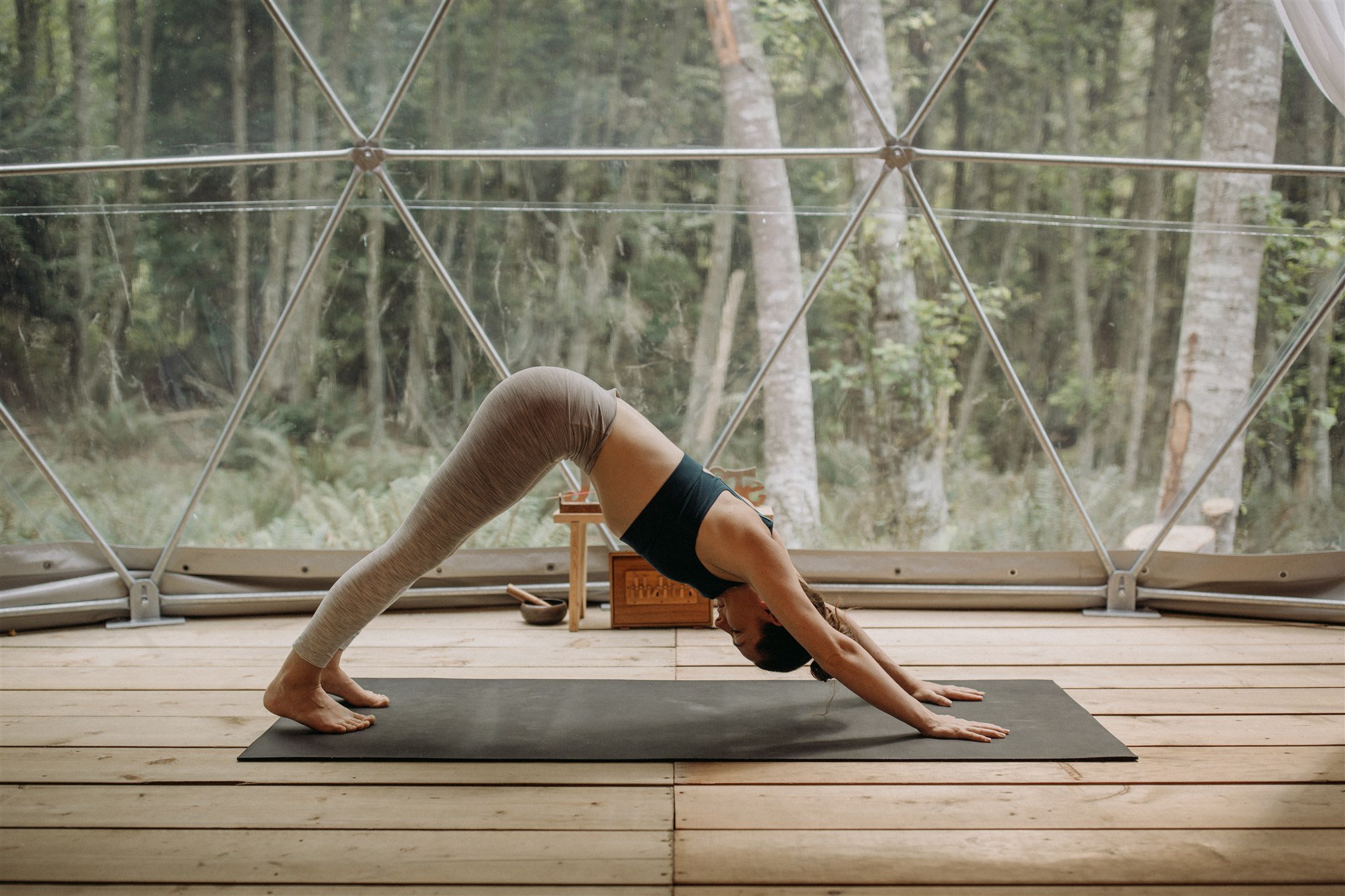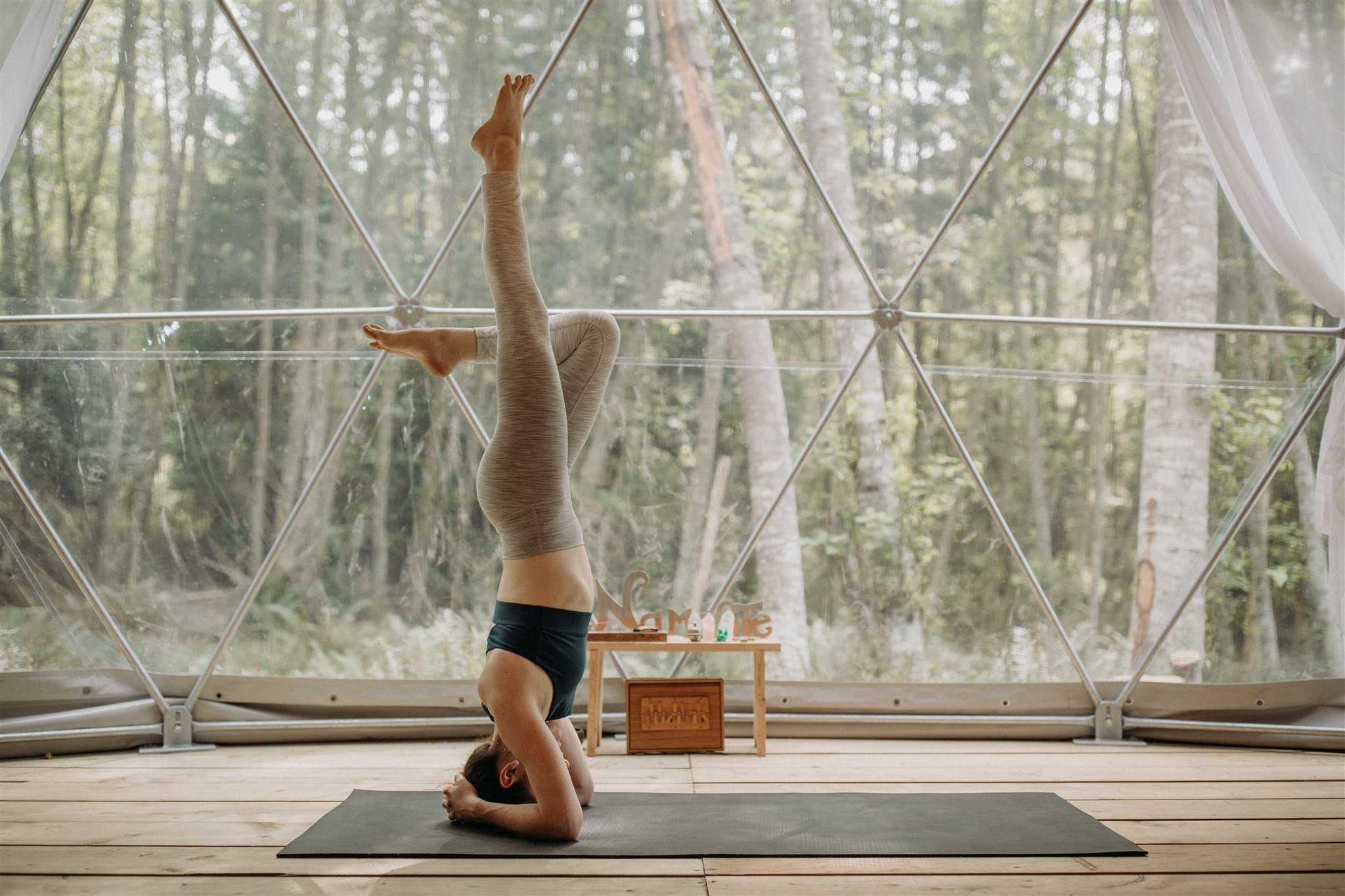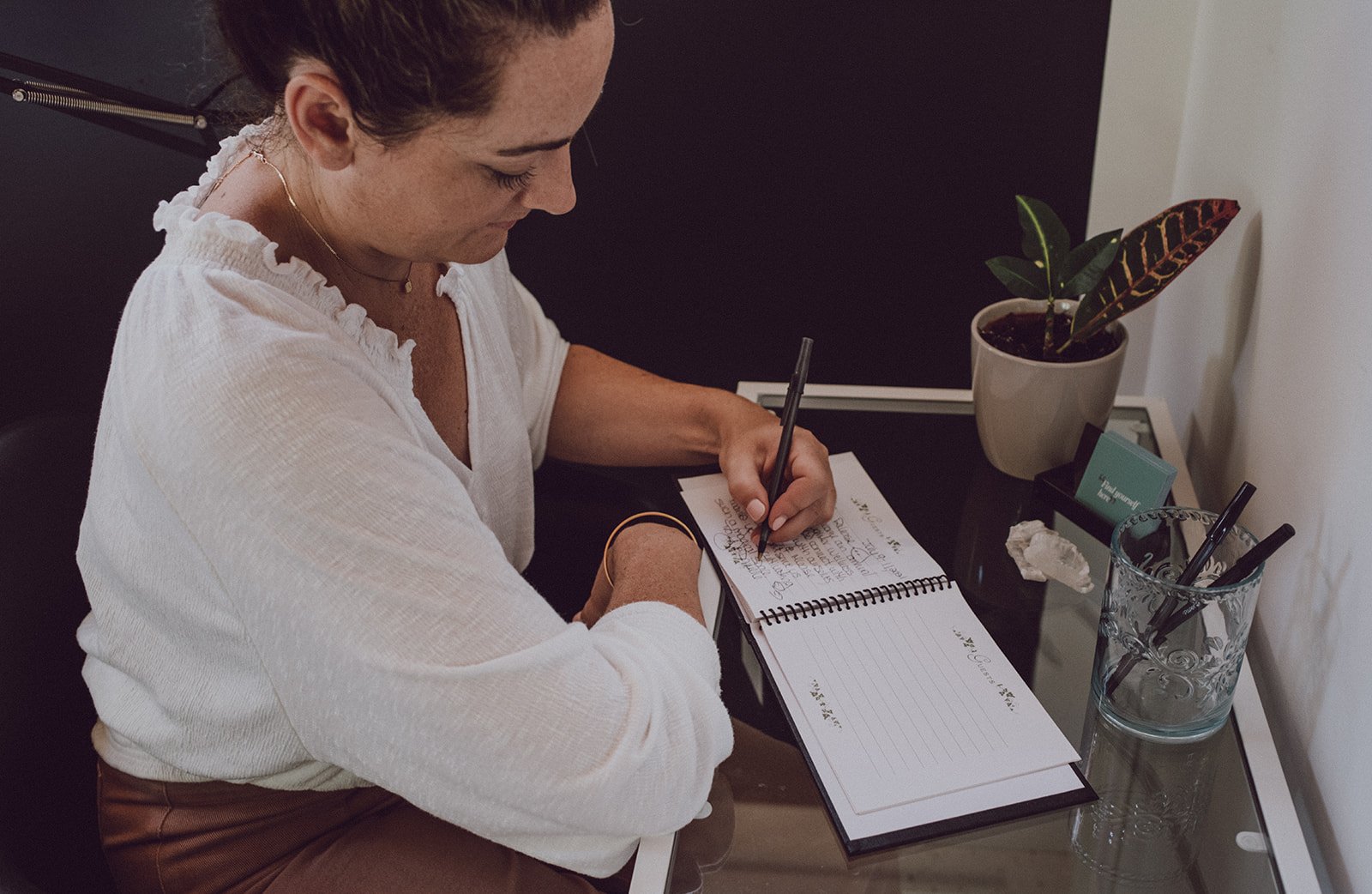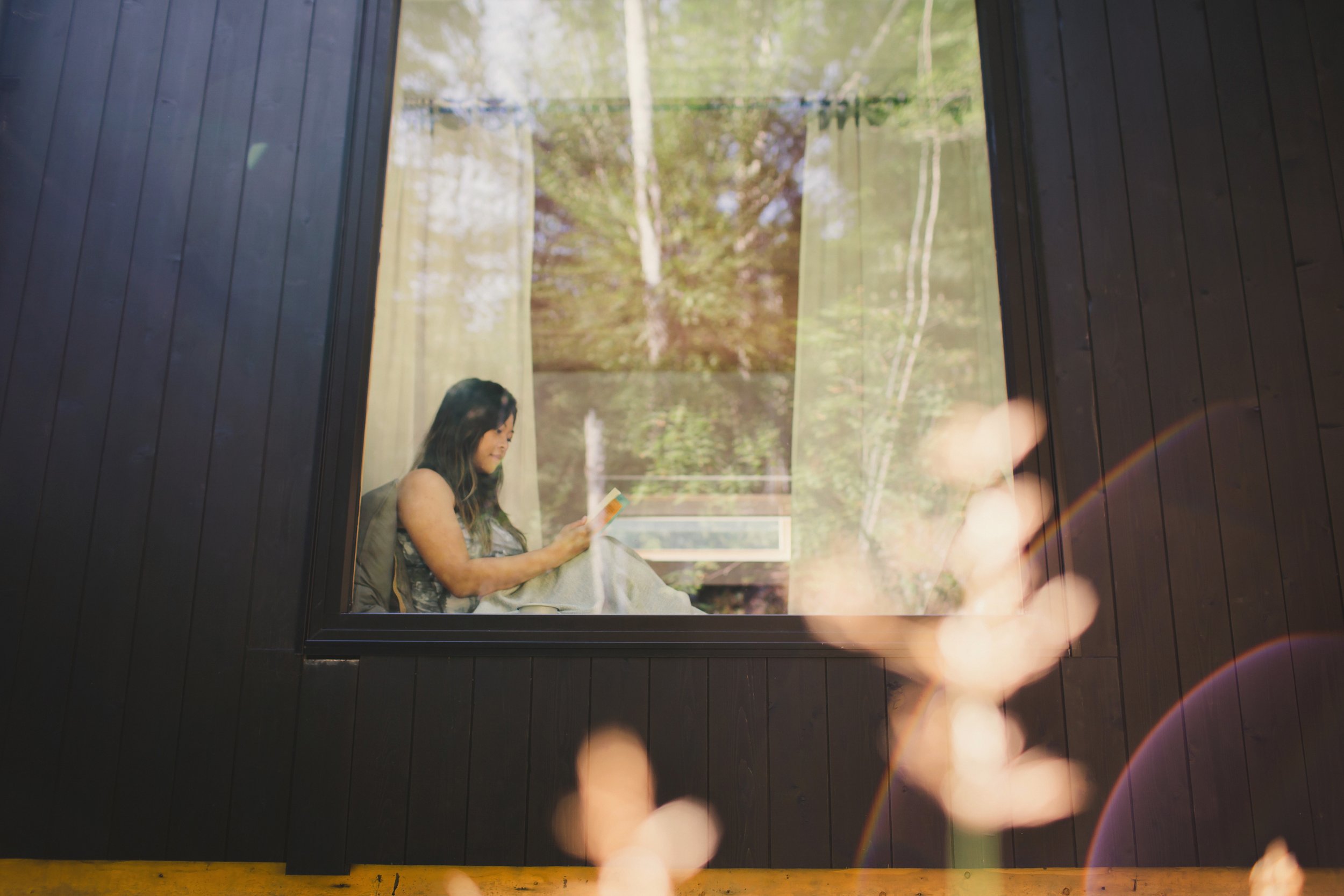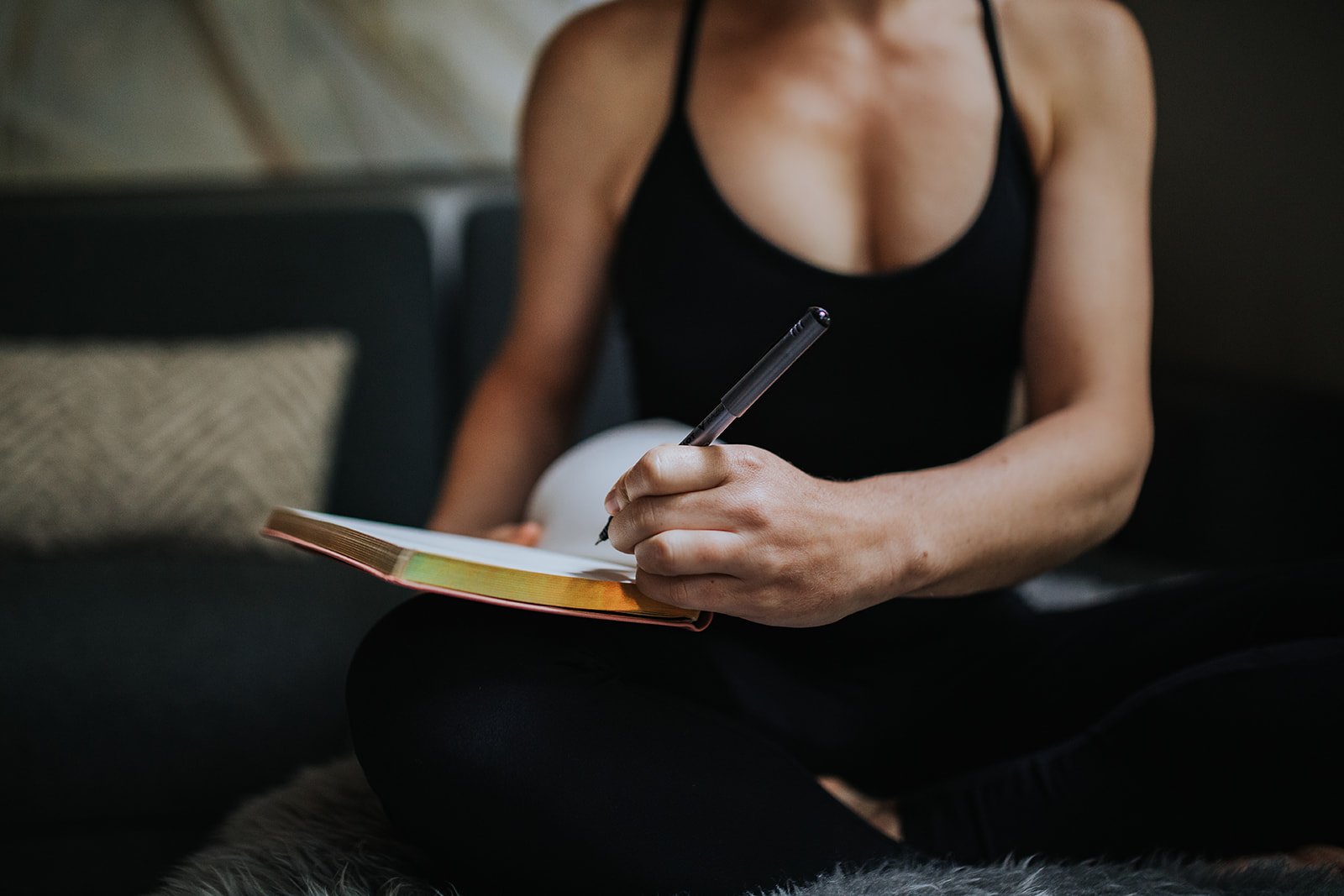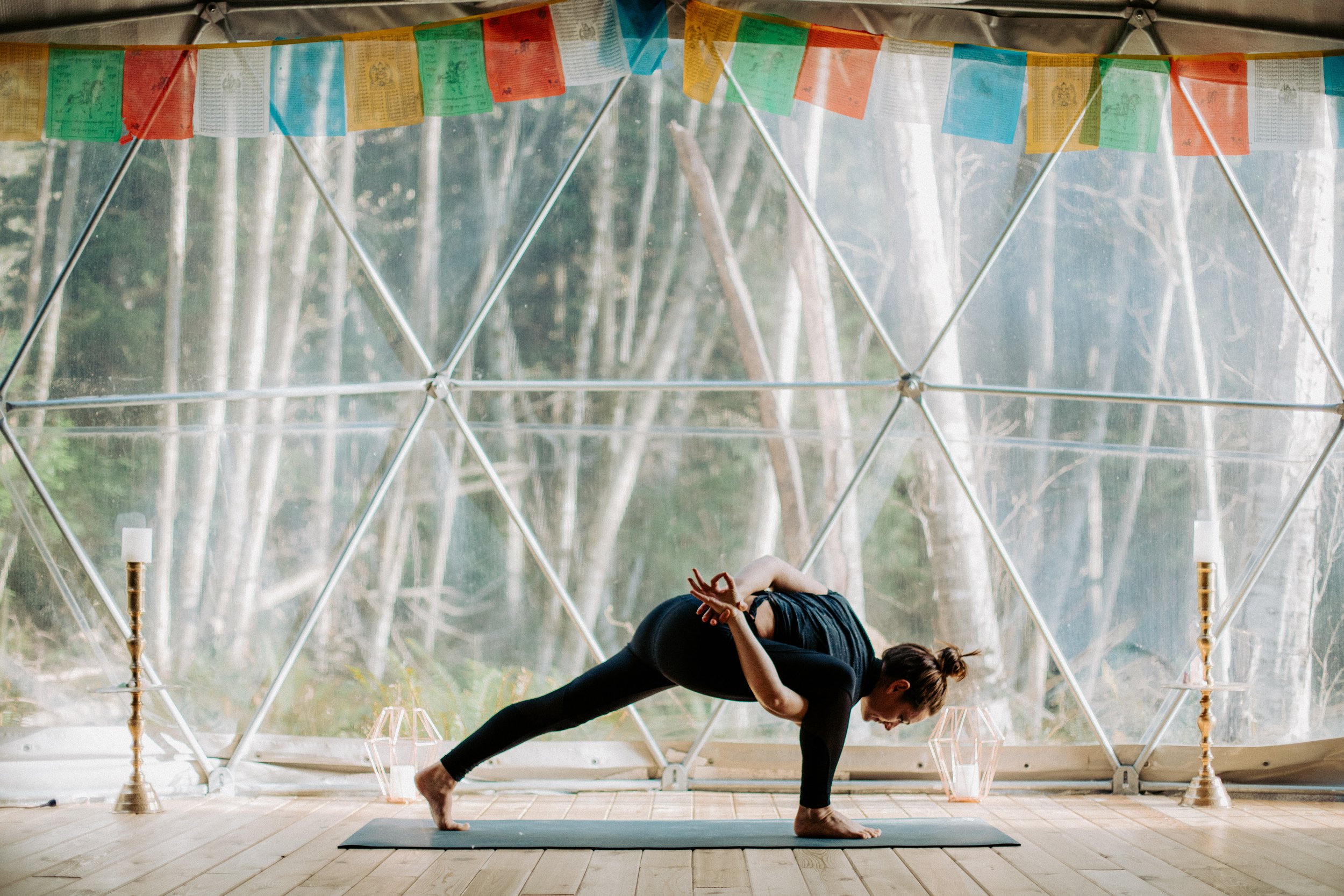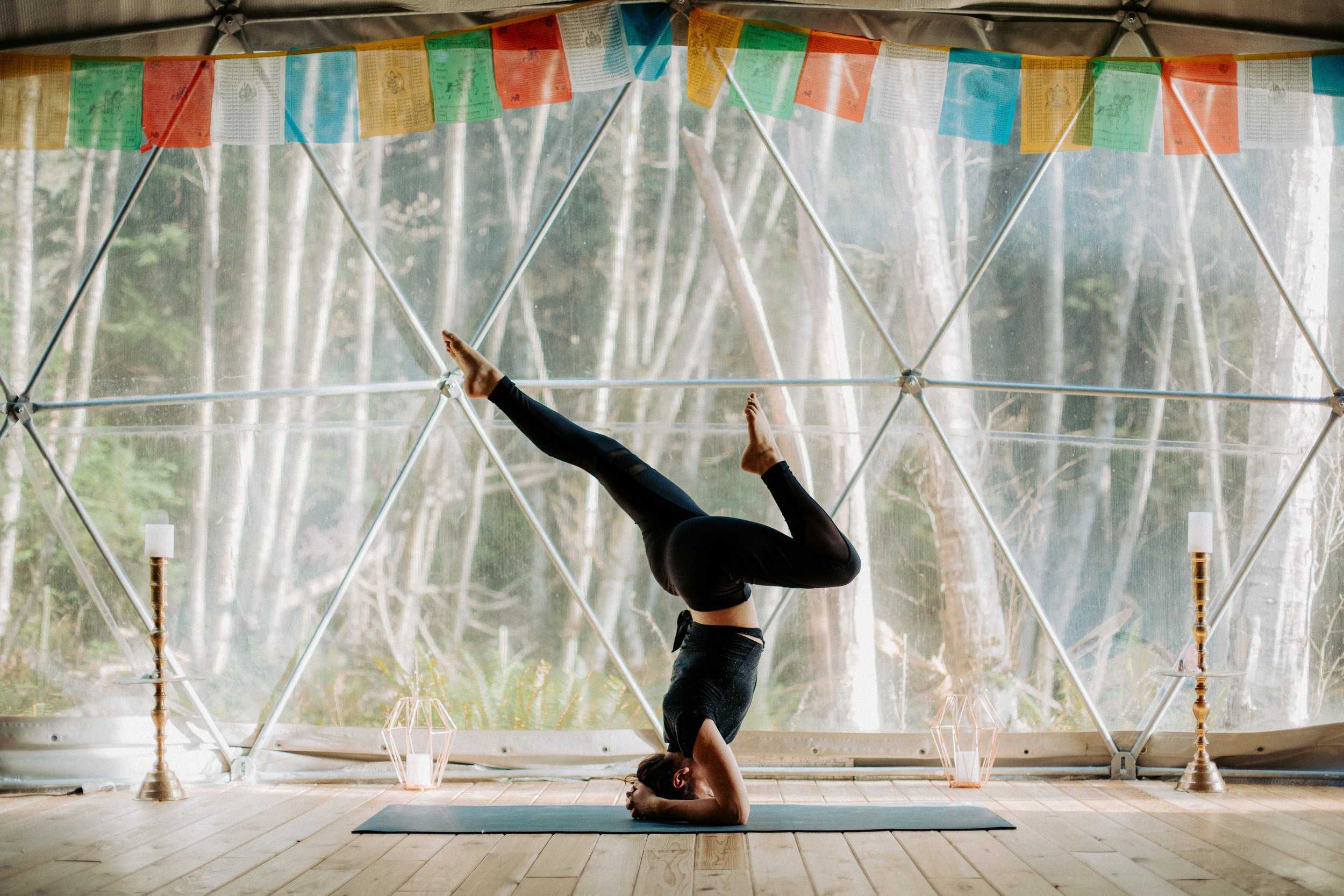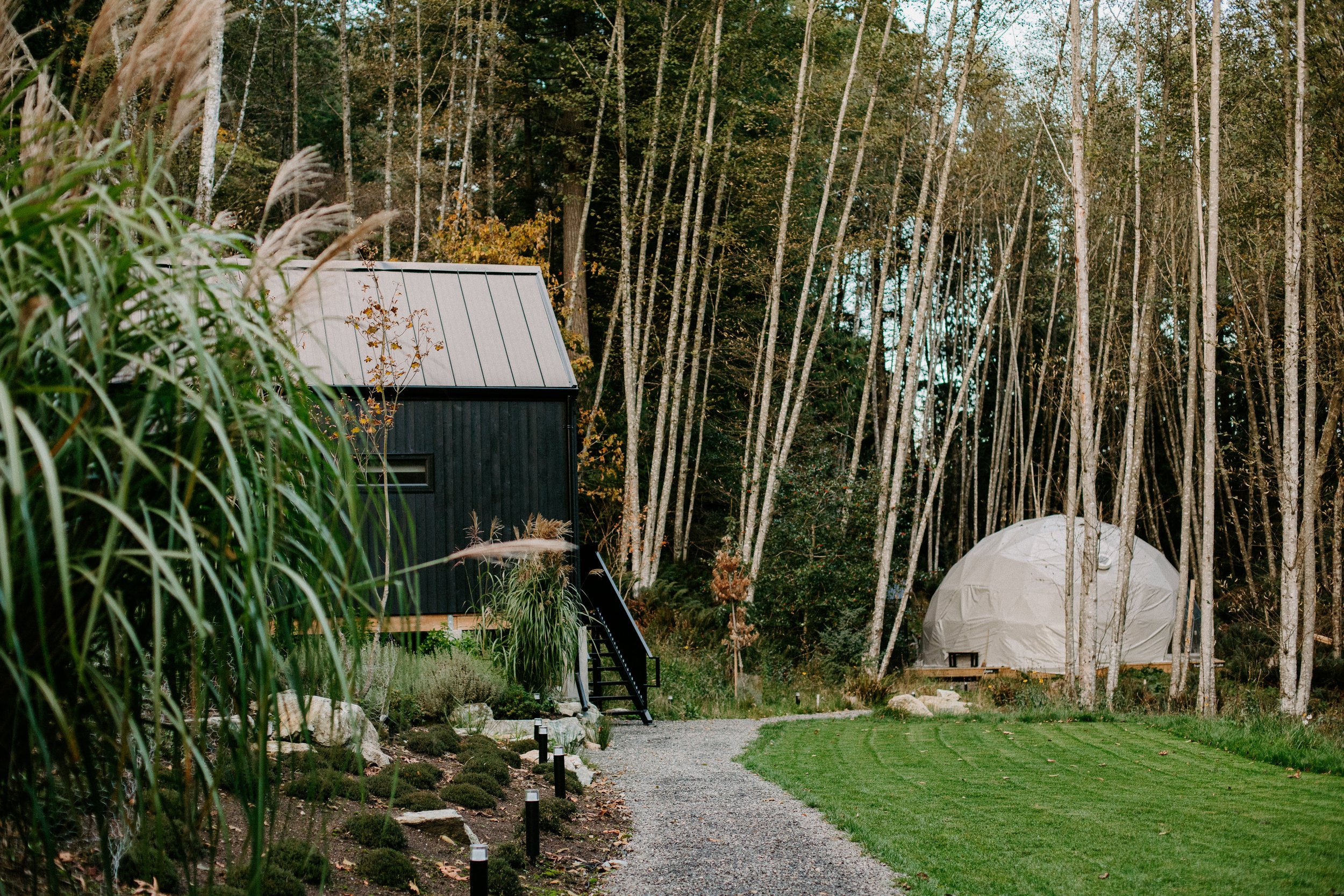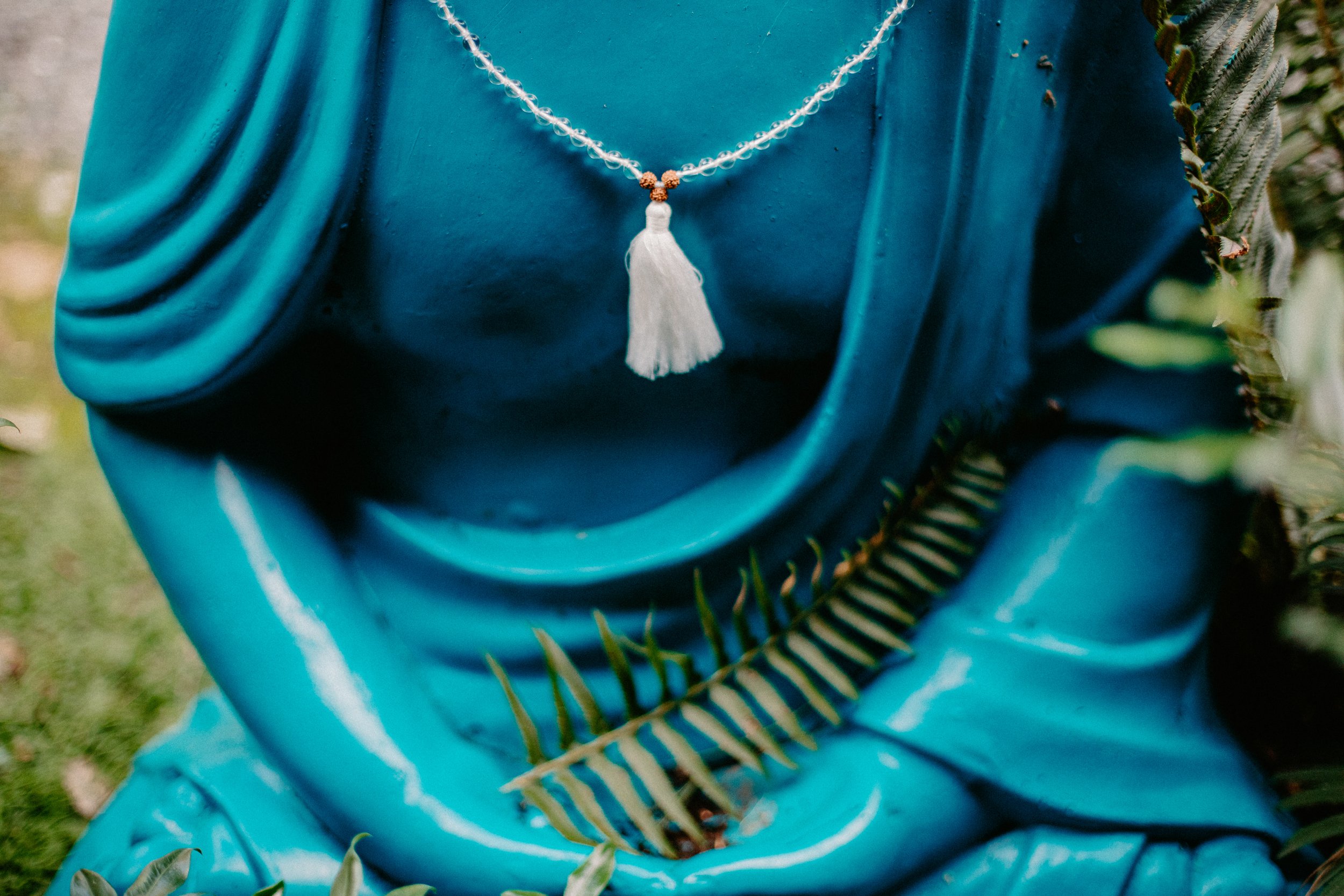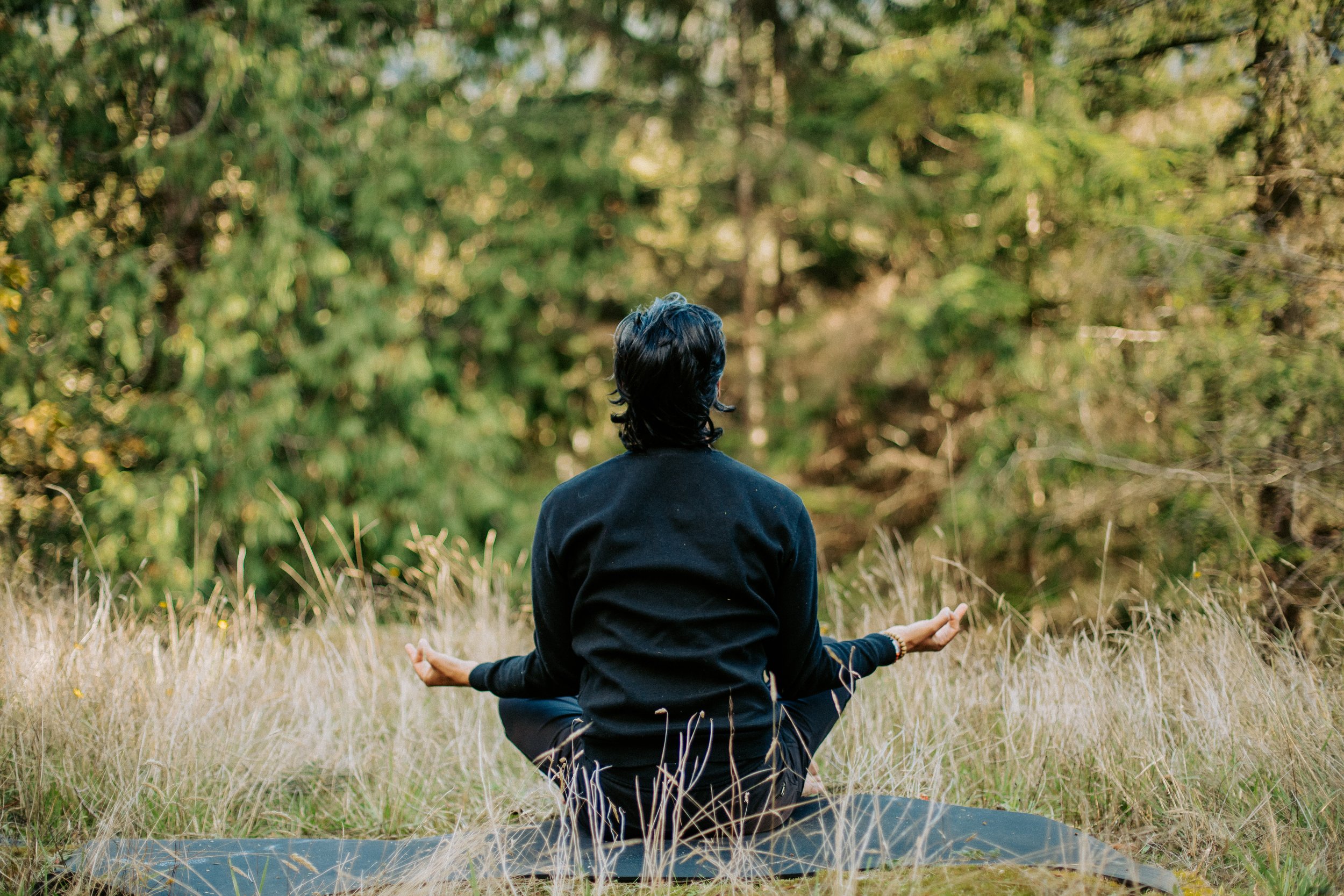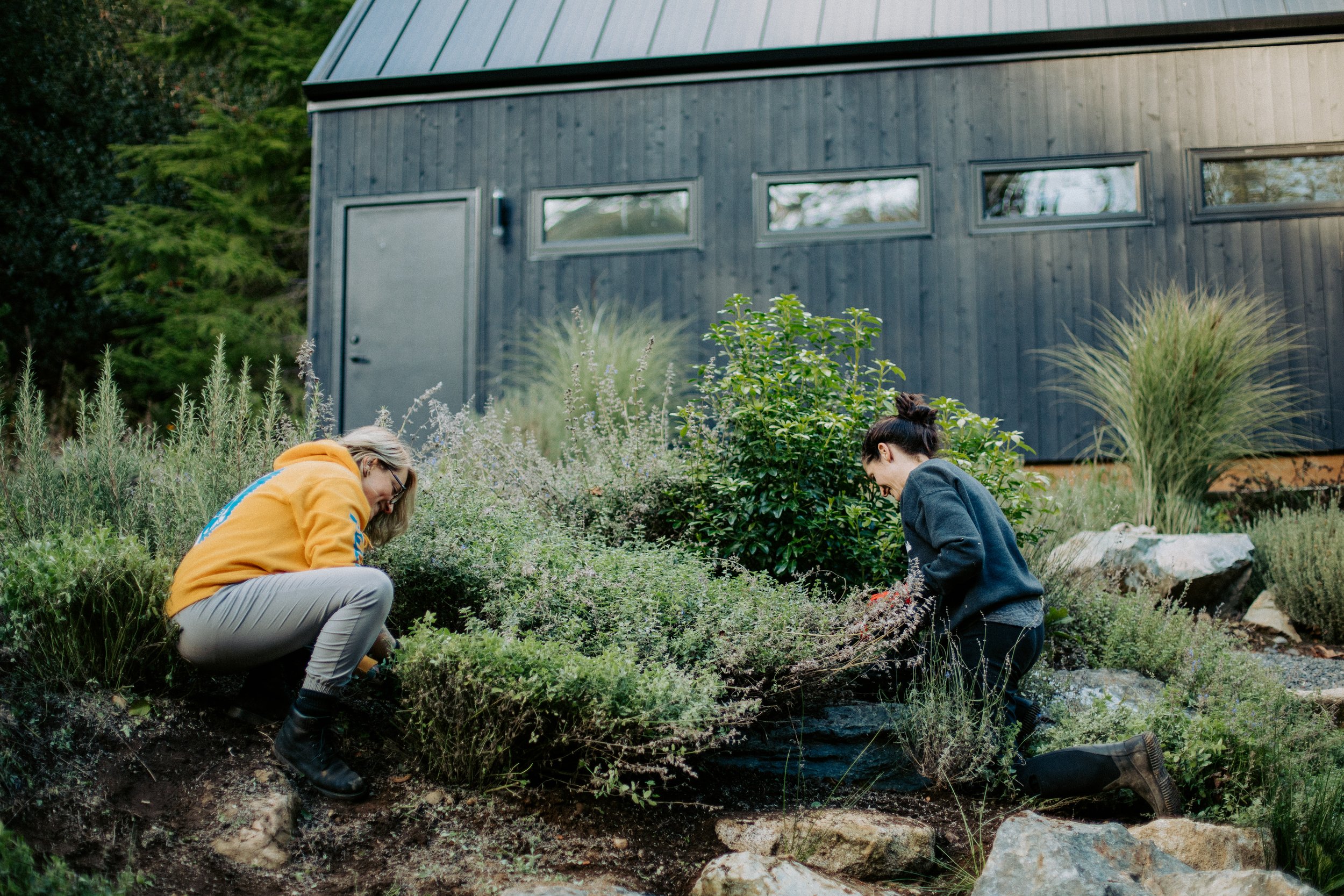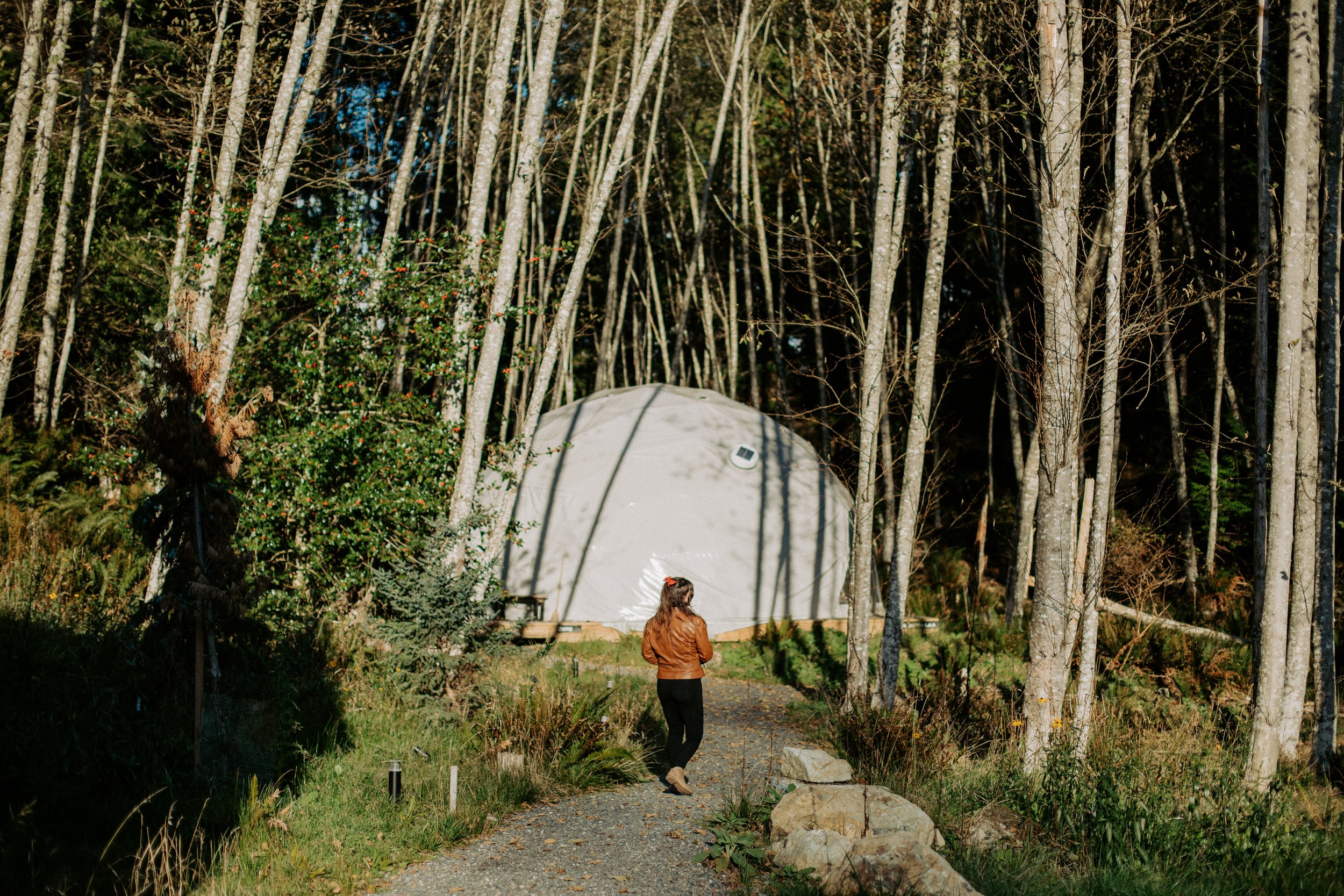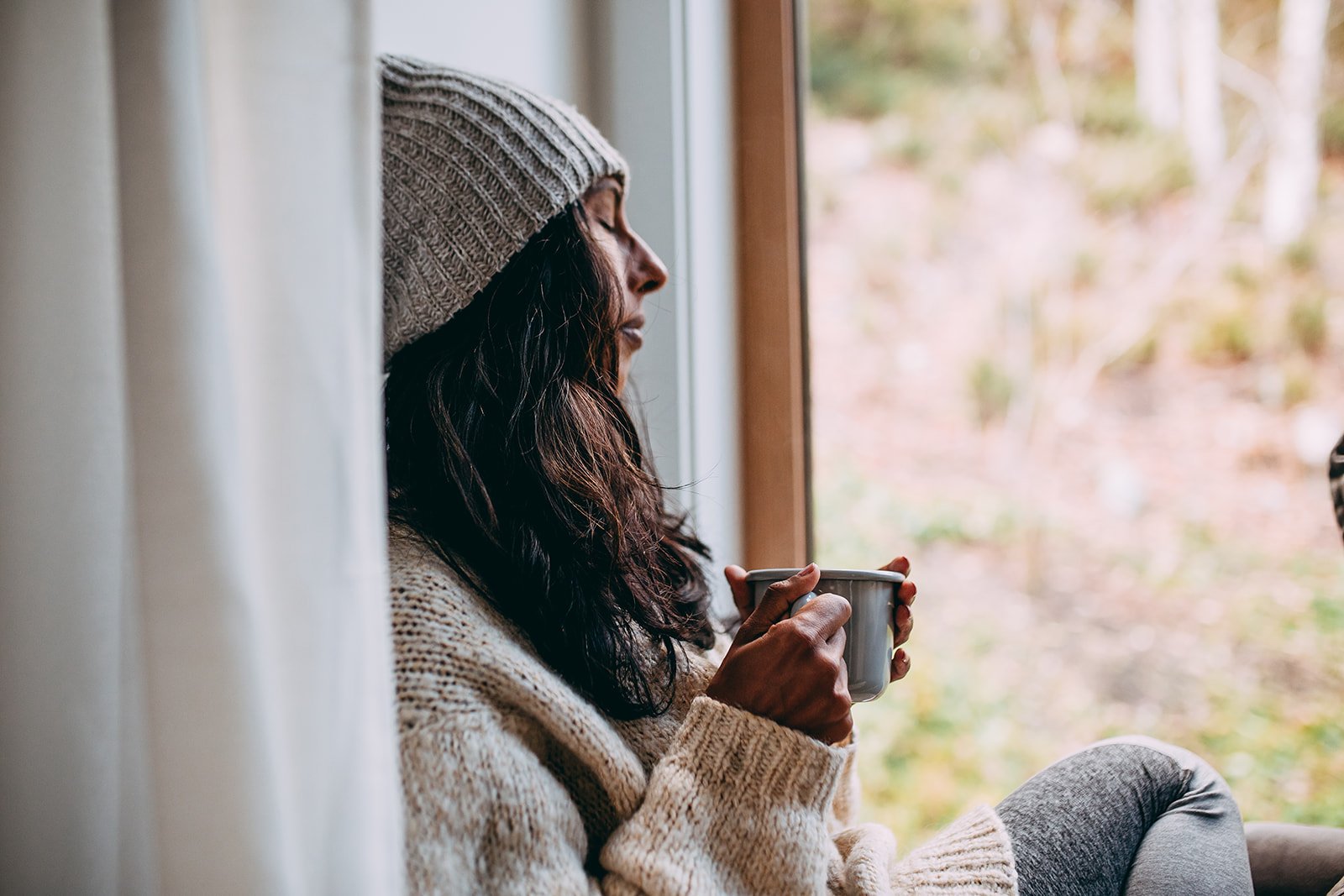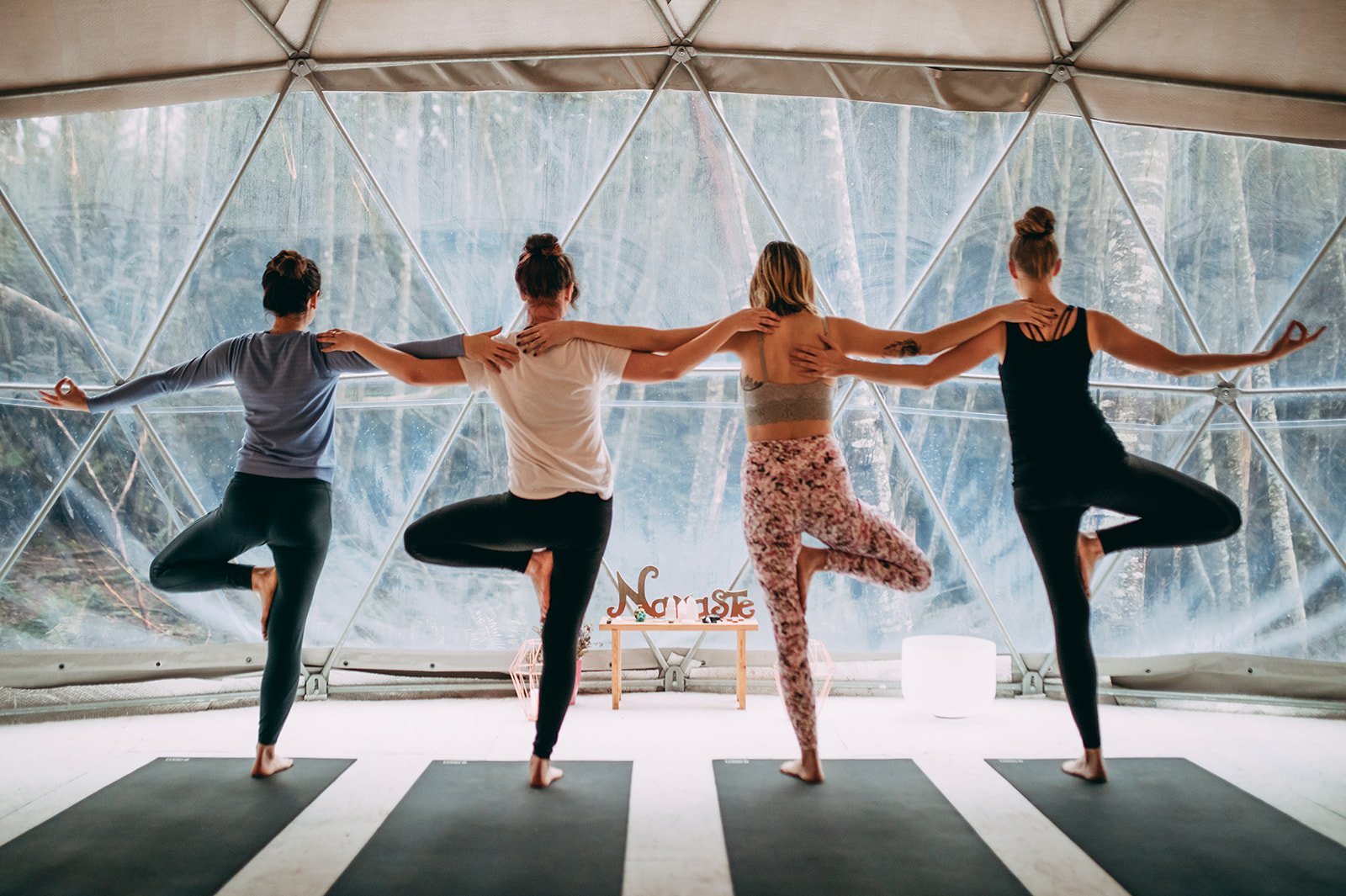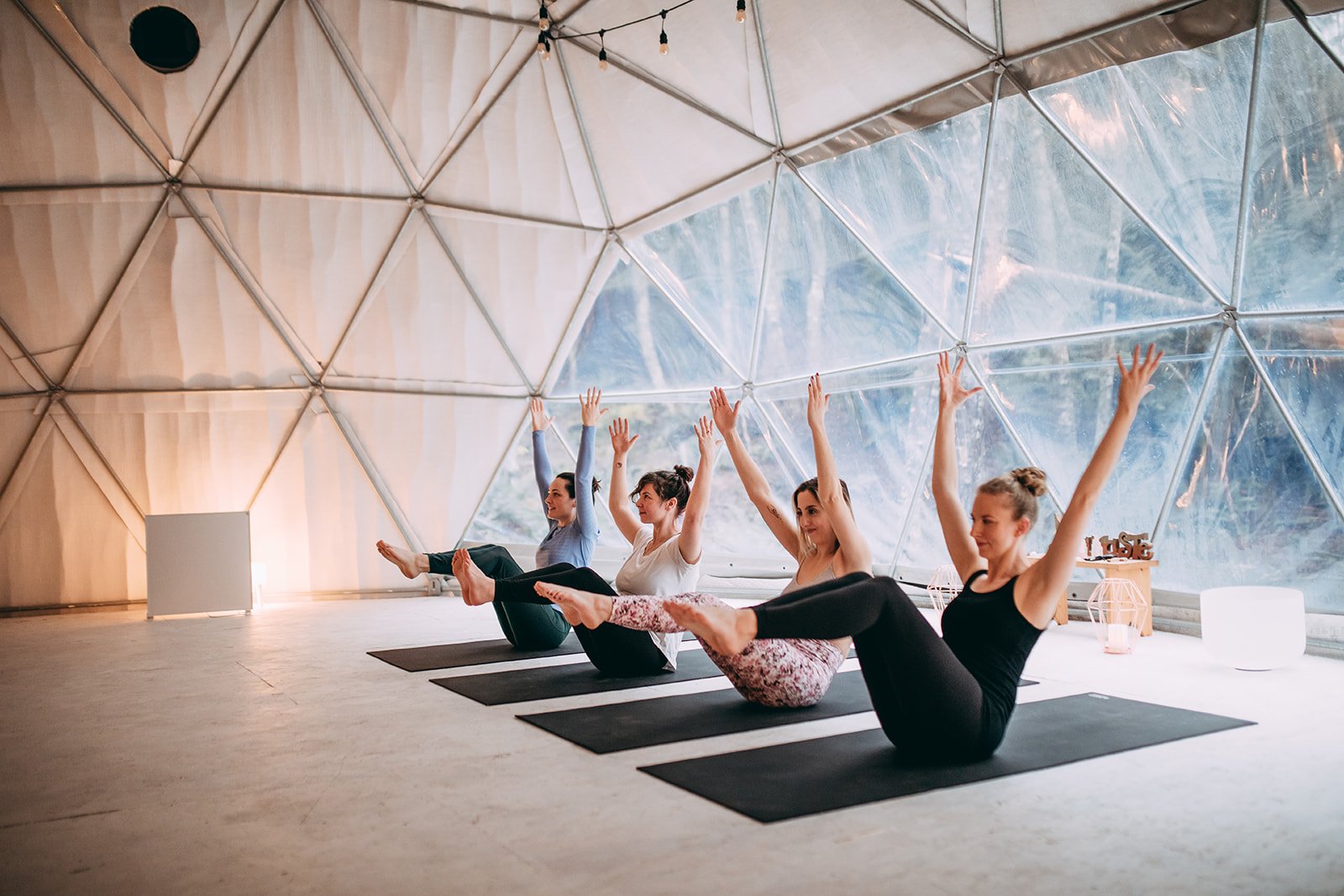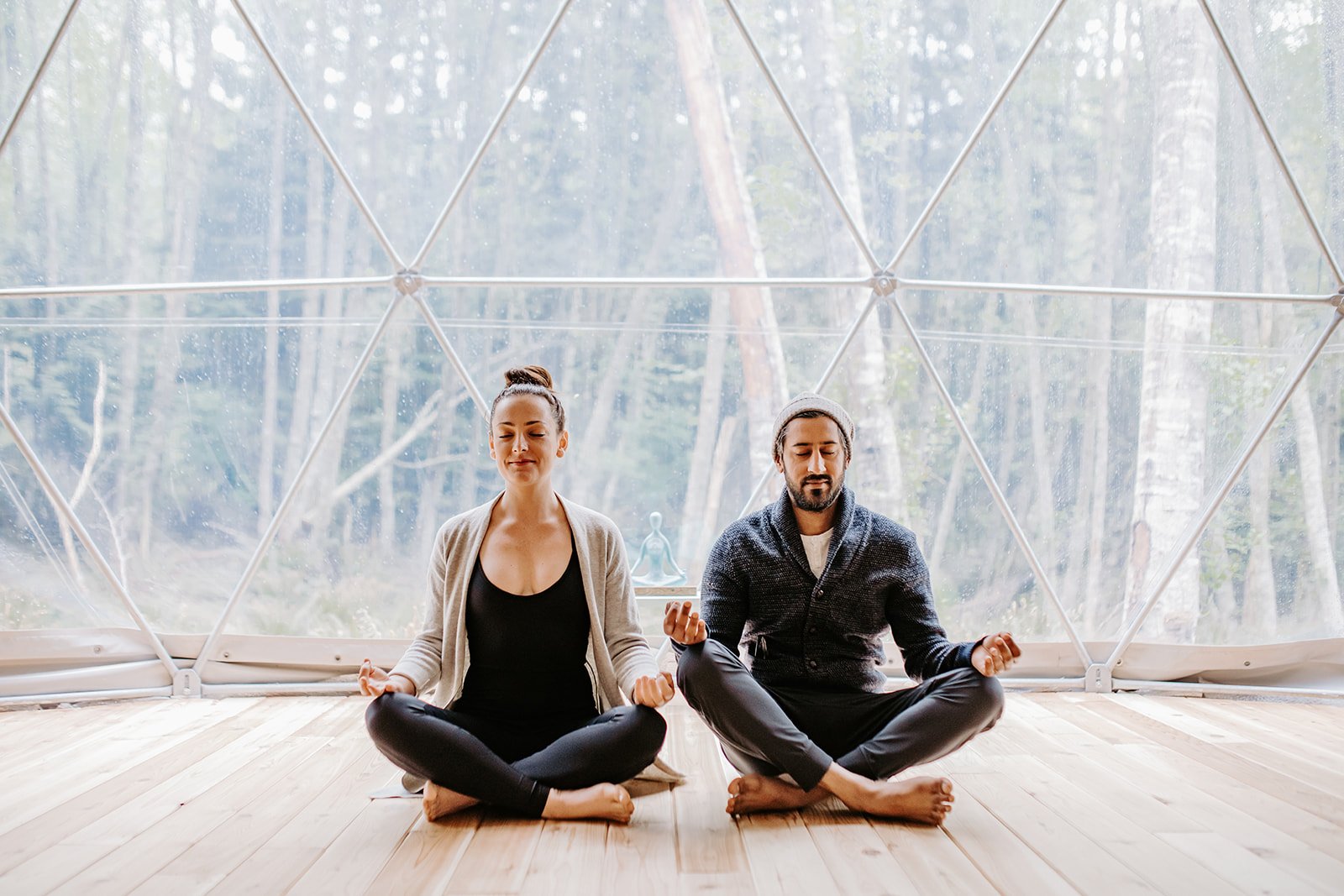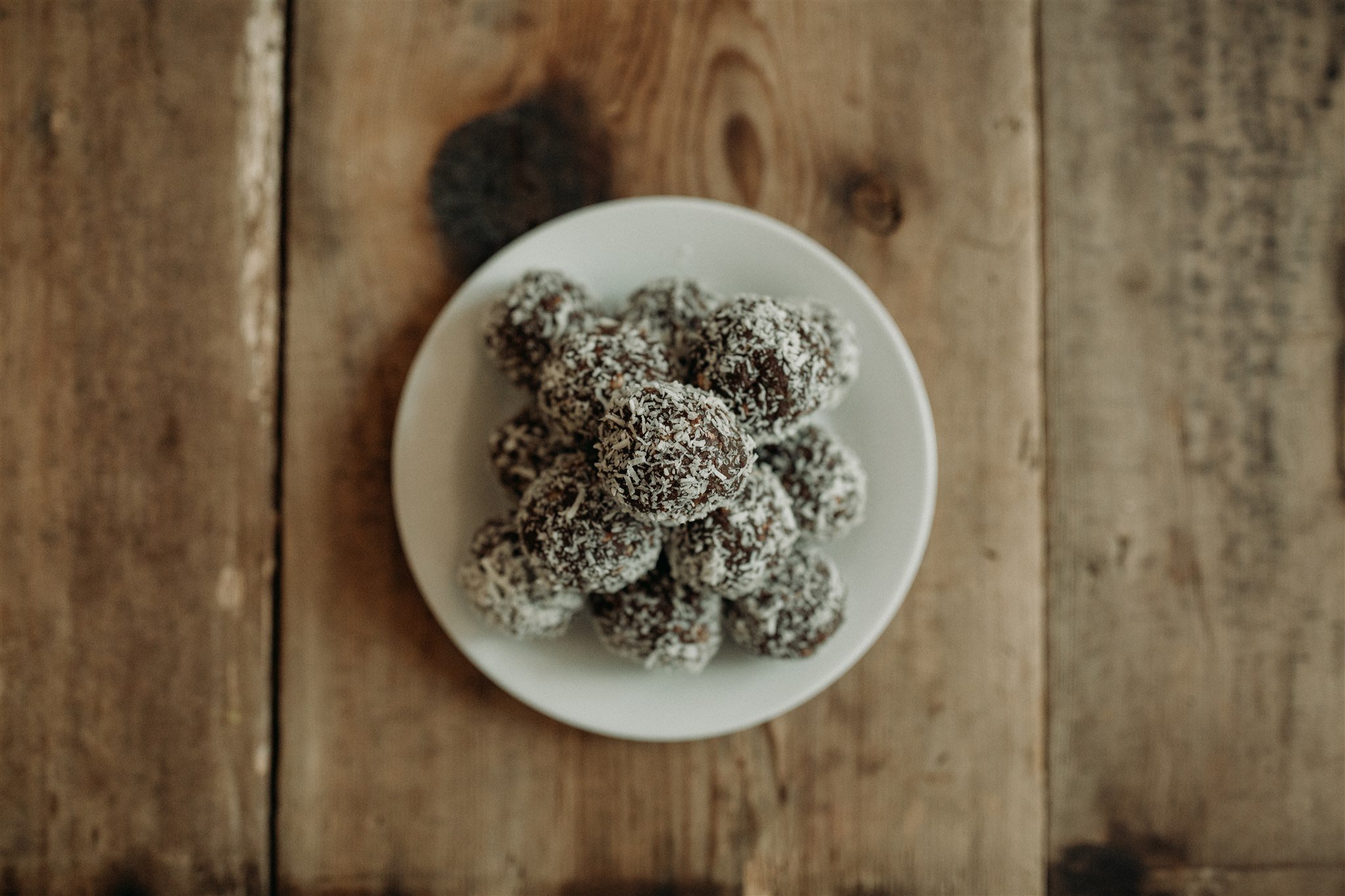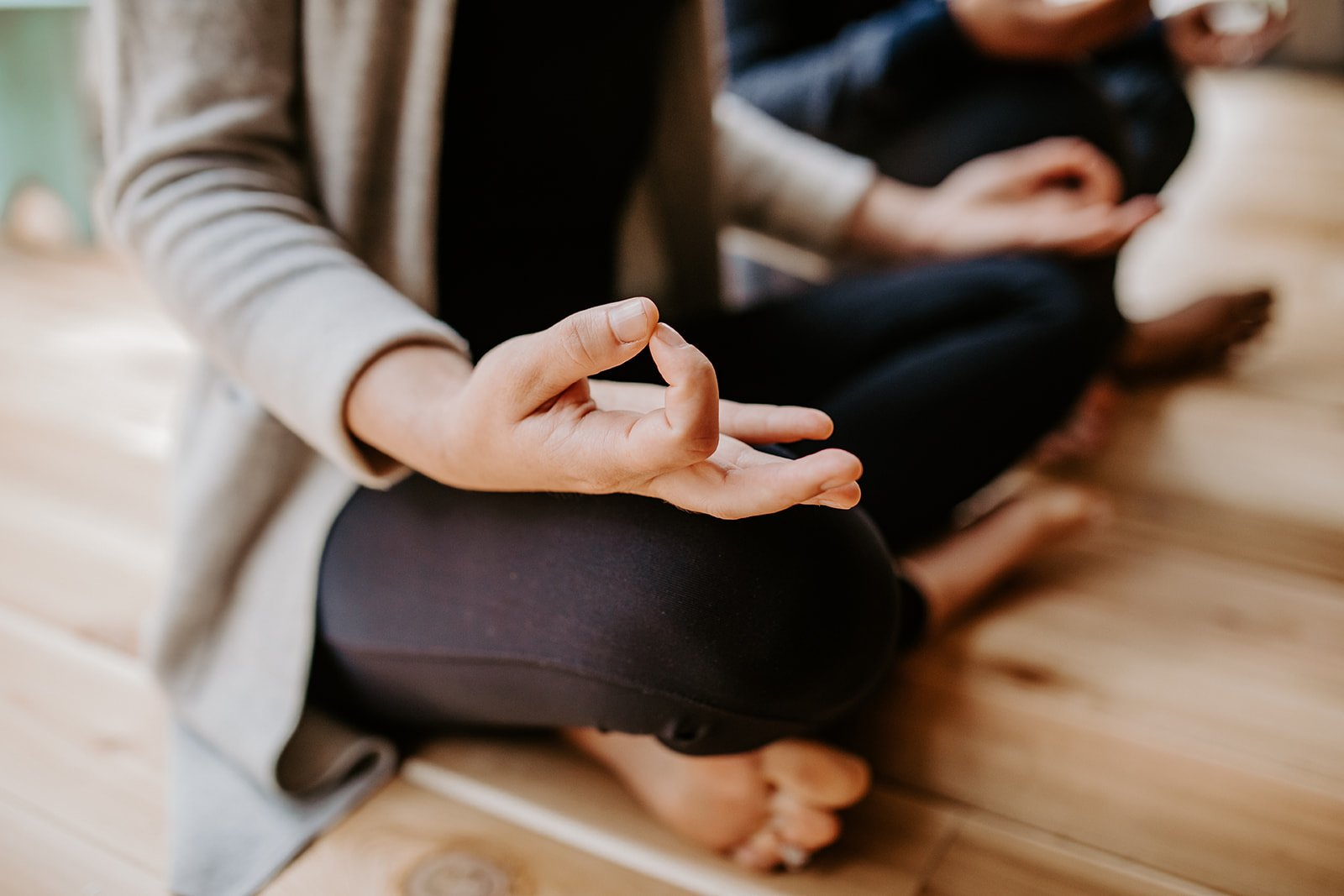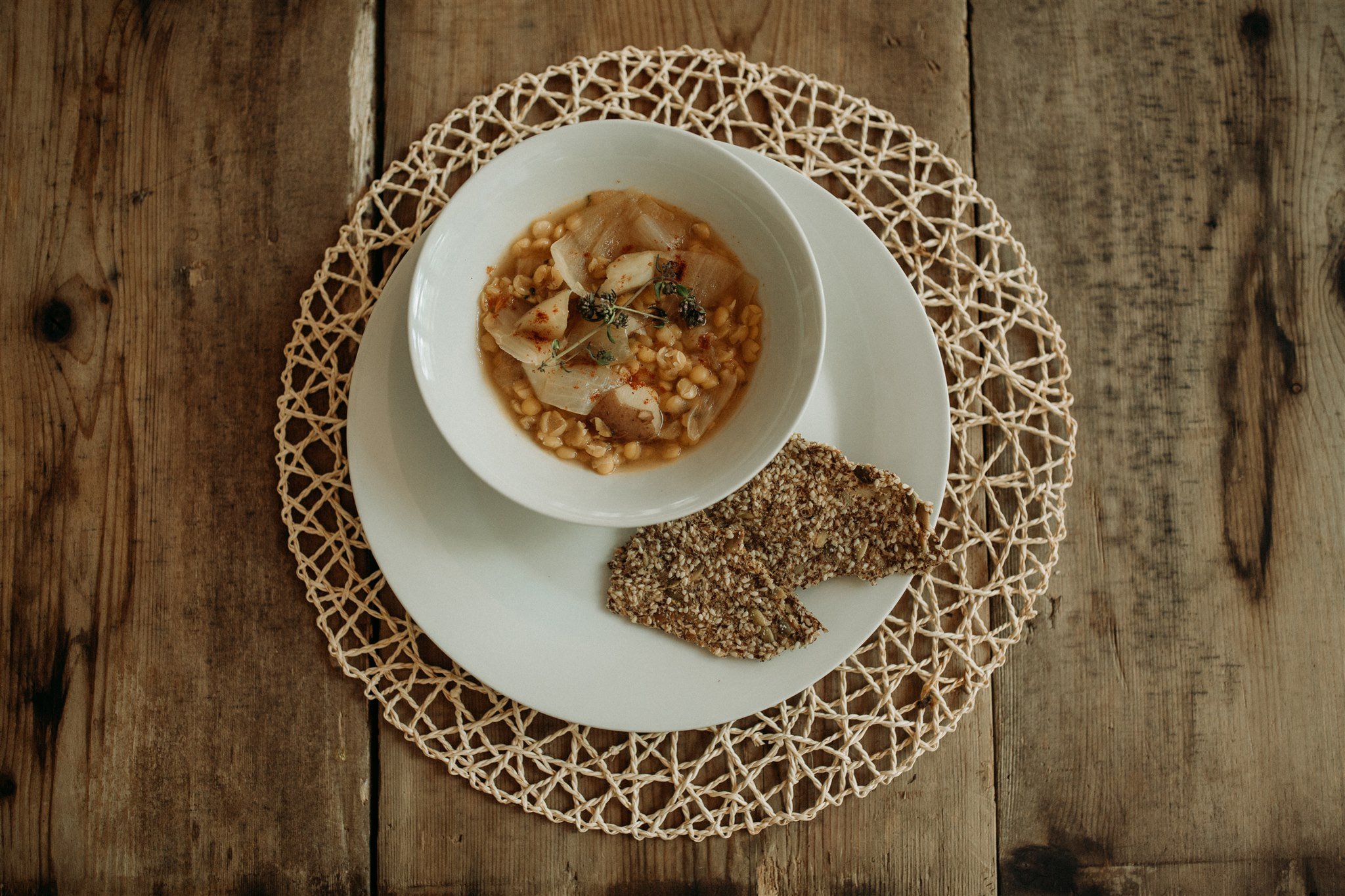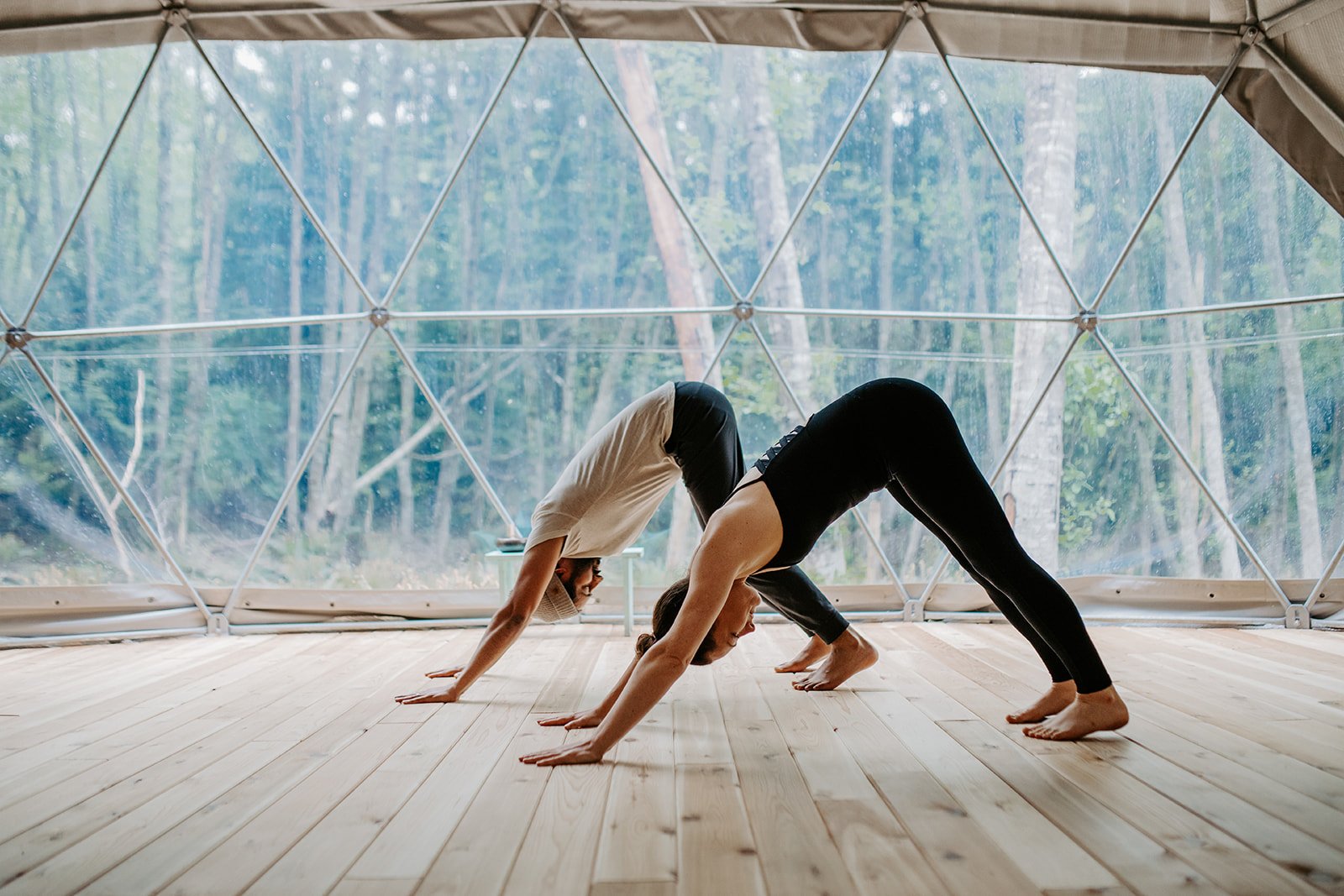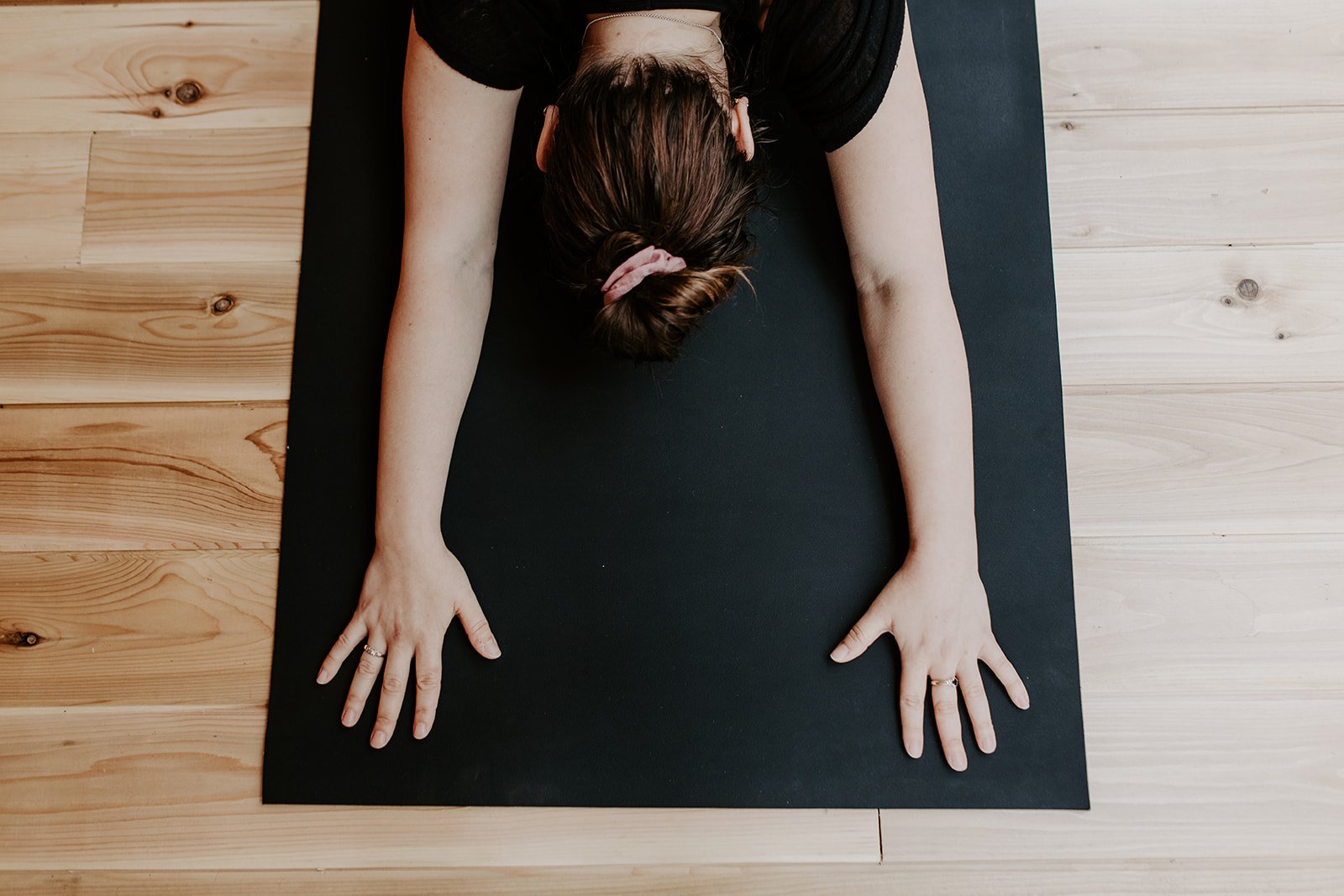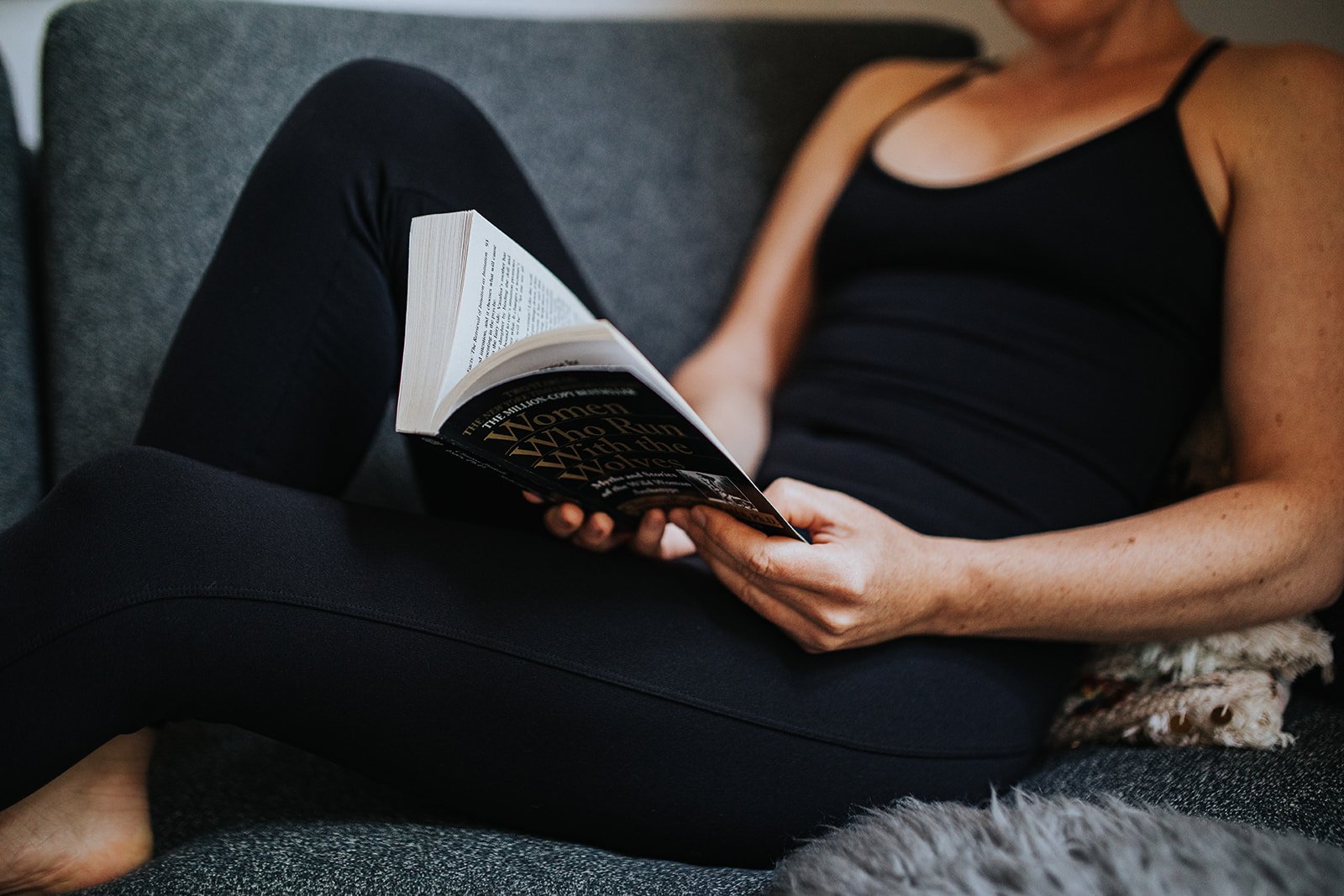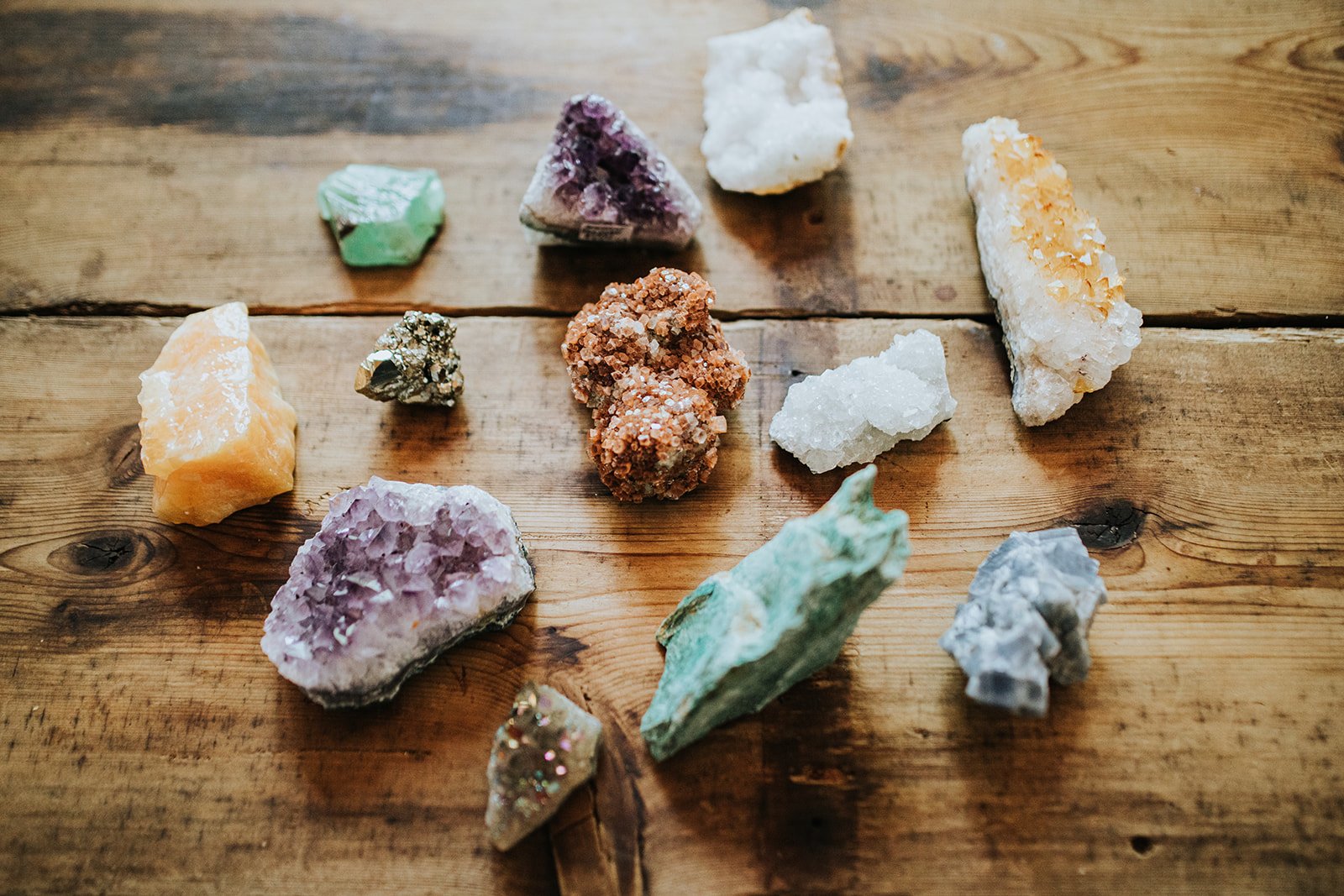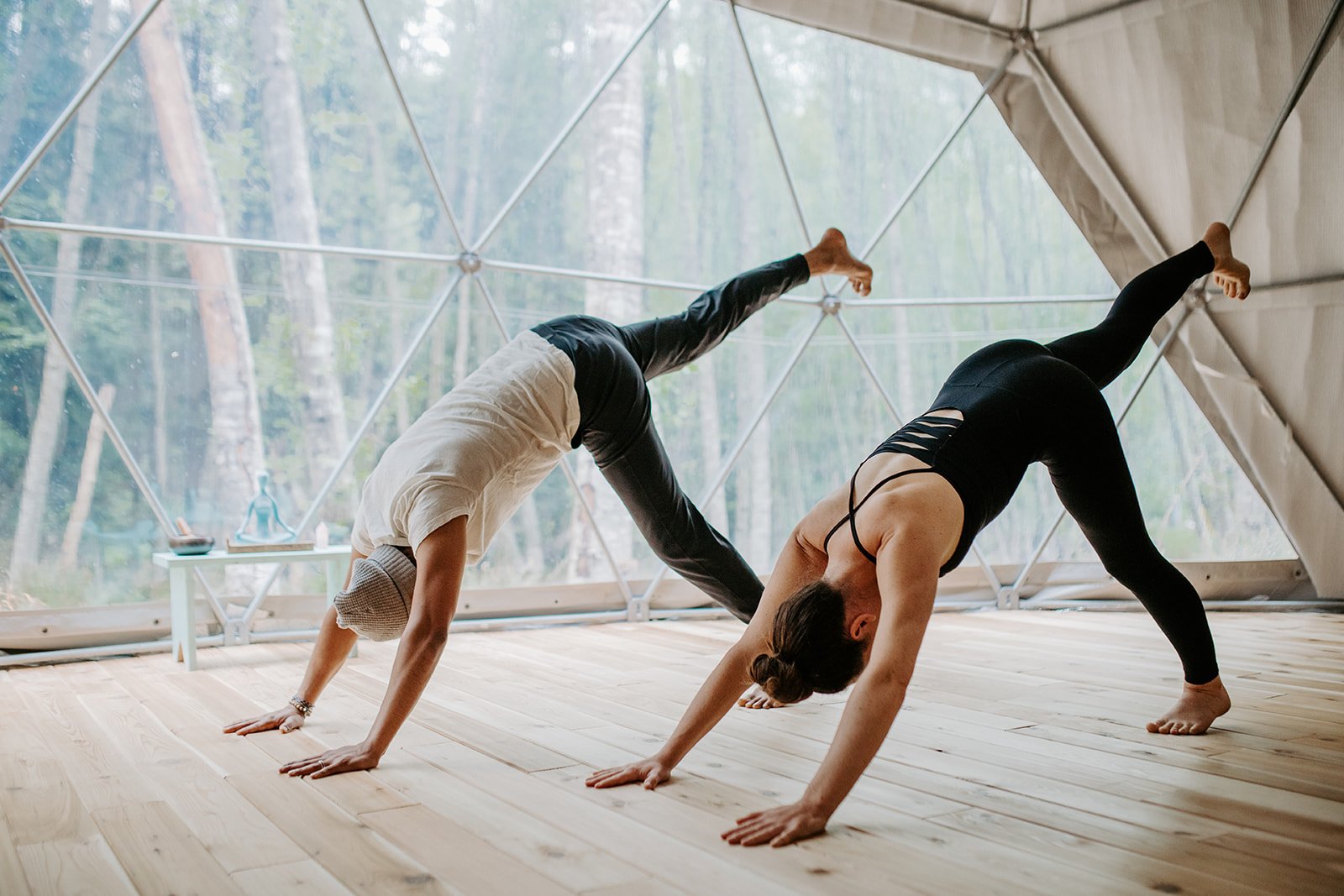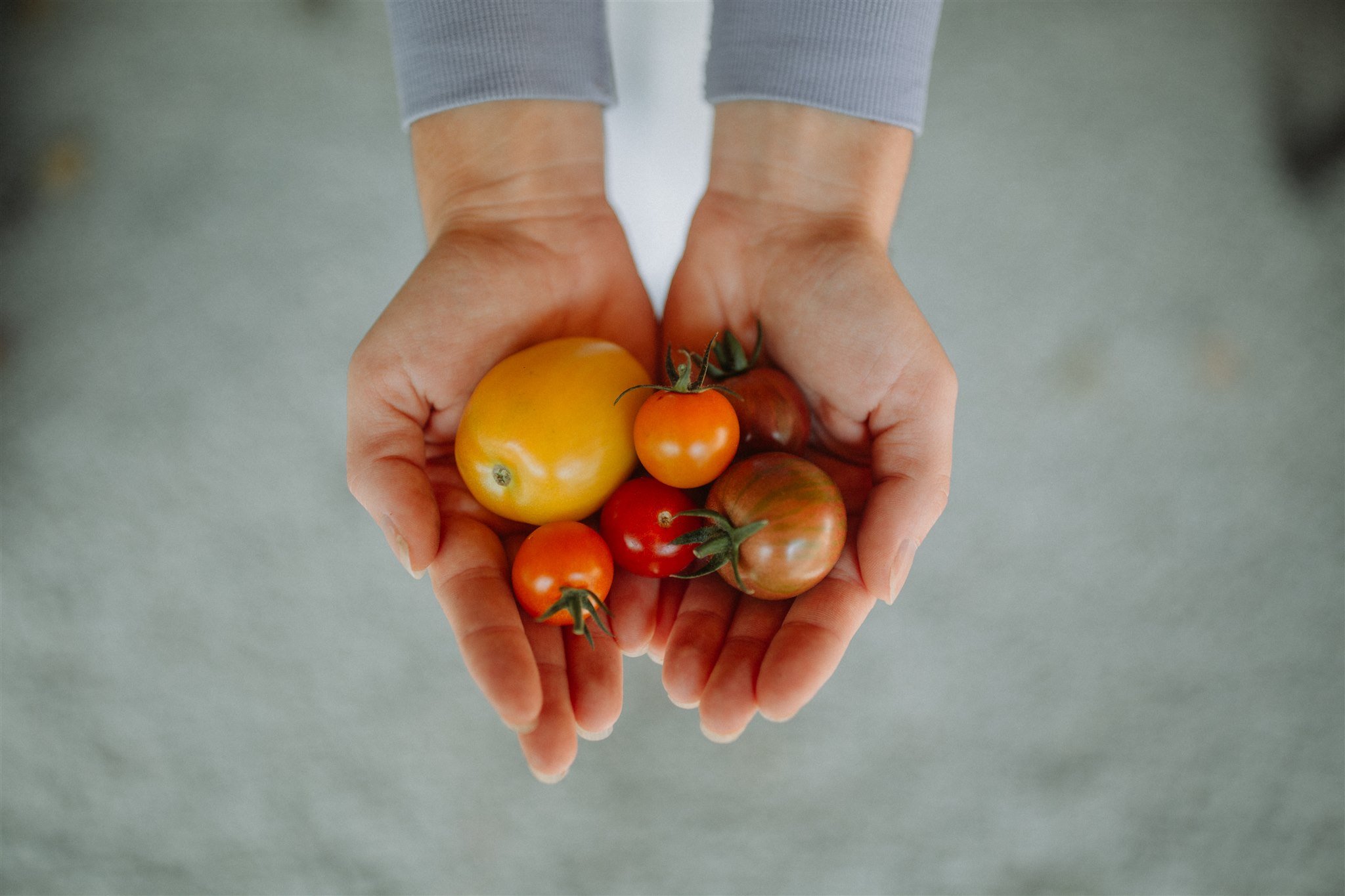The art of porch sitting not only allows us to notice smaller details of the seasonal shifts, but to experience the benefits of being outdoors, enveloped in nature while the comforts of our home space are close by, generally offering additional feelings of ease + resting.
Whether you consider yourself the ‘outdoorsy’ type or tend to prefer time indoors, this practice can be easy to adopt for all in regards to the convenient access as well as the option to add some of your typical indoor comforts to your outdoor space.
Not all of us have access to a porch or deck attached to our homes, luckily we can adapt and incorporate the same details of porch sitting to our yards or local parks.
Typically this practice is one that is consciously or subconsciously implemented during the warmer months, however, exploring it as we shift into a cooler season (in the northern hemisphere) is something to be considered.
The shift from Pitta to Vata season (naturally) has many of us feeling less inclined to venture too far from our homesteads. However, we know that their are a range of benefits surrounding getting outside regularly, which is where the art of porch sitting can be a valuable practice to begin incorporating into your routine.
Spending time outdoors can…
lower blood pressure
reduce levels of cortisol (stress hormones)
strengthen immunity
relieve anxiety
improve concentration
improve short-term memory
energize the body + mind
improve your mood
strengthen sleep patterns
The other piece of this practice is the opportunity it allows for you to slow down and ground into the benefits surrounding stillness.
Western society in particular has put ‘rinse + grind’ on a pedestal and equated success with being busy. We compare idle resting time to laziness and rest as something to be earned; this in fact is not the case.
The ‘rest + digest’ portion of your brain, known as the parasympathetic nervous system, needs consistent activation in order for your body to stay healthy. When the PSNS is activated, it slows our heart and breathing rates, lowers blood pressure and promotes digestion. Our body enters a state of relaxation, which allows the opportunity for recovery (including physical + mental digestion). Overall the more time we spend in this state, the healthier we are.
Your day is full of both resting moments + activities and that could be brought outside. When we take to porch sitting, we combine varying levels of the benefits of being outdoors as well as making a new space for potentially more time spent with our PSNS active, a heavy dose of nourishment for all areas of the body.
Bundle up and spend time on your porch at consistent times, perhaps for 20 minutes each morning with a warm beverage, or in the evening before bed. If it feels uncomfortable at first, lean into it. Take everyday activities you normally do inside, and move them to the porch. Making a snack for yourself? Enjoy it on the porch. Catching up with someone on the phone? Take your conversation outside! Read your book on the porch or plan for your week with a calendar/notebook. Bring your meal prepping, such as chopping vegetables or kneading bread out to the porch with you.
Practicing the age-old tradition of porch sitting is a way to invite more overall health benefits into your day while embracing the simple moments + spending more time soaking in the natural energies and wisdom of nature around us.
Incorporate appealing sensory options to your porch space to personalize it and make it wholly welcoming to you.
This may include:
textiles (pillows, blankets, large sweaters, a rug, a door mat)
lighting (candles, string lights, sconces,)
sacred objects (crystals, books, tarot or affirmation cards)
comfortable seating (a new floor pillow, bench, rocking chair)
added flora (a potted plant, flowers, a seasonal wreathe)
Use your journal to note your time porch sitting and any thoughts that come up. This is a good way to keep track of how this practice is making you feel over time — and help you create the additional ritual (of journaling) that supports your overall health. Notice your favorite plants as well as surrounding flora; how do they shift with the seasons? What wisdom do they offer that can translate over to the human world and the habits we can mimic from nature during different seasons.
Gratitude to our community near and far, both for taking the time to explore our blog and for walking the path to your best self - we hope this resonated and aids you in finding balance within.
Let us know in the comments your thoughts around this tradition - do you practice it already?
All Photos - Nectar Yoga Copyright








